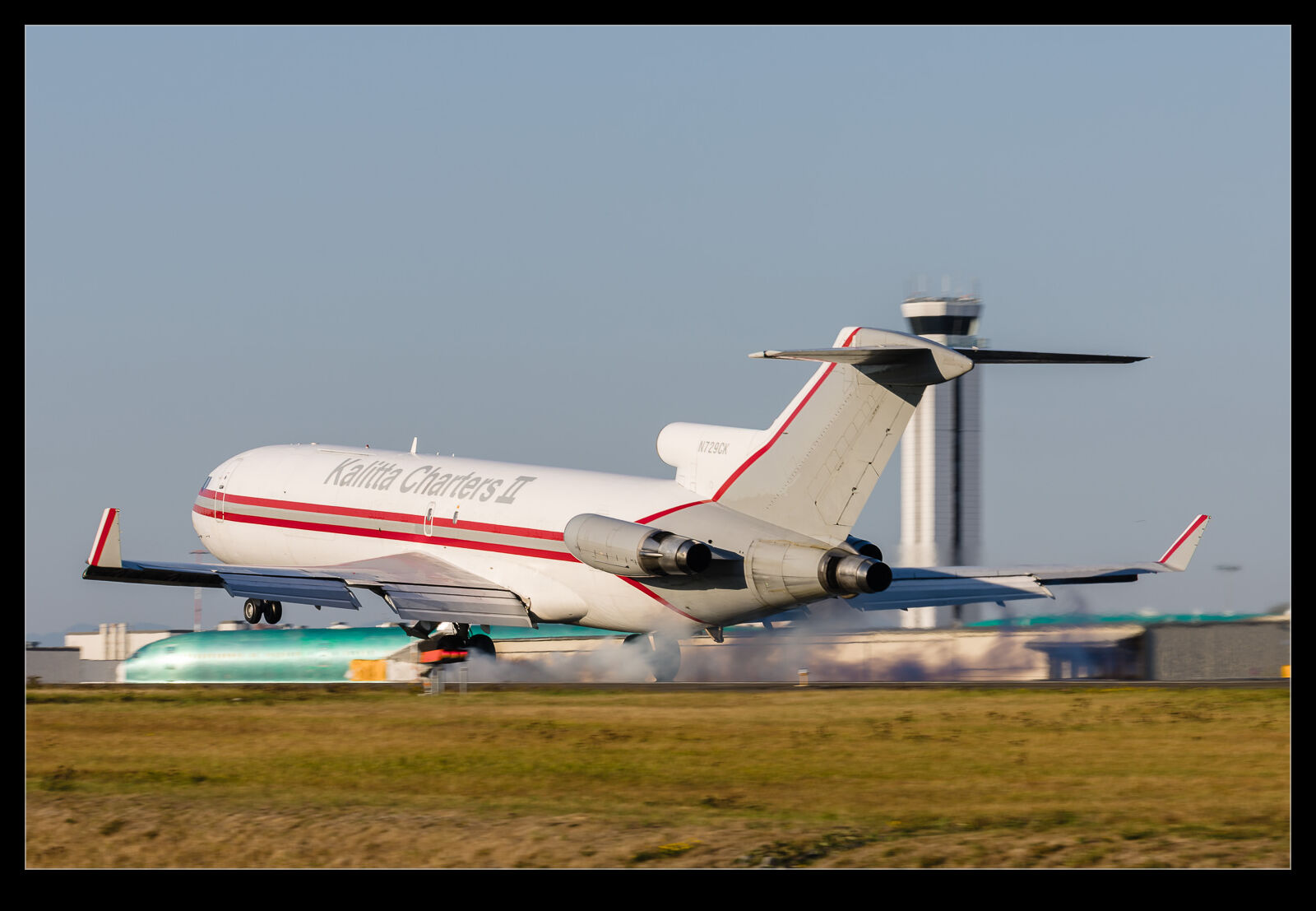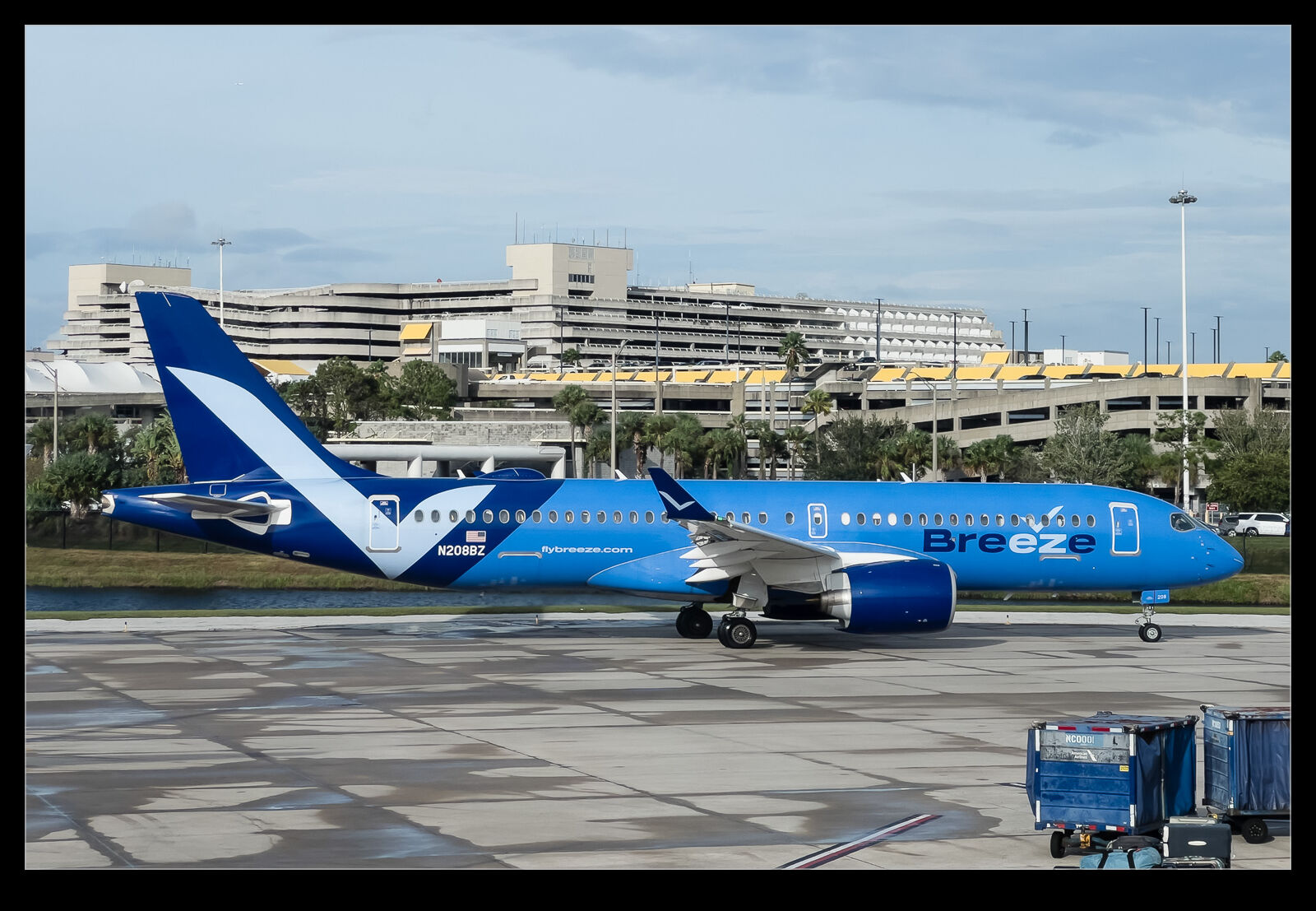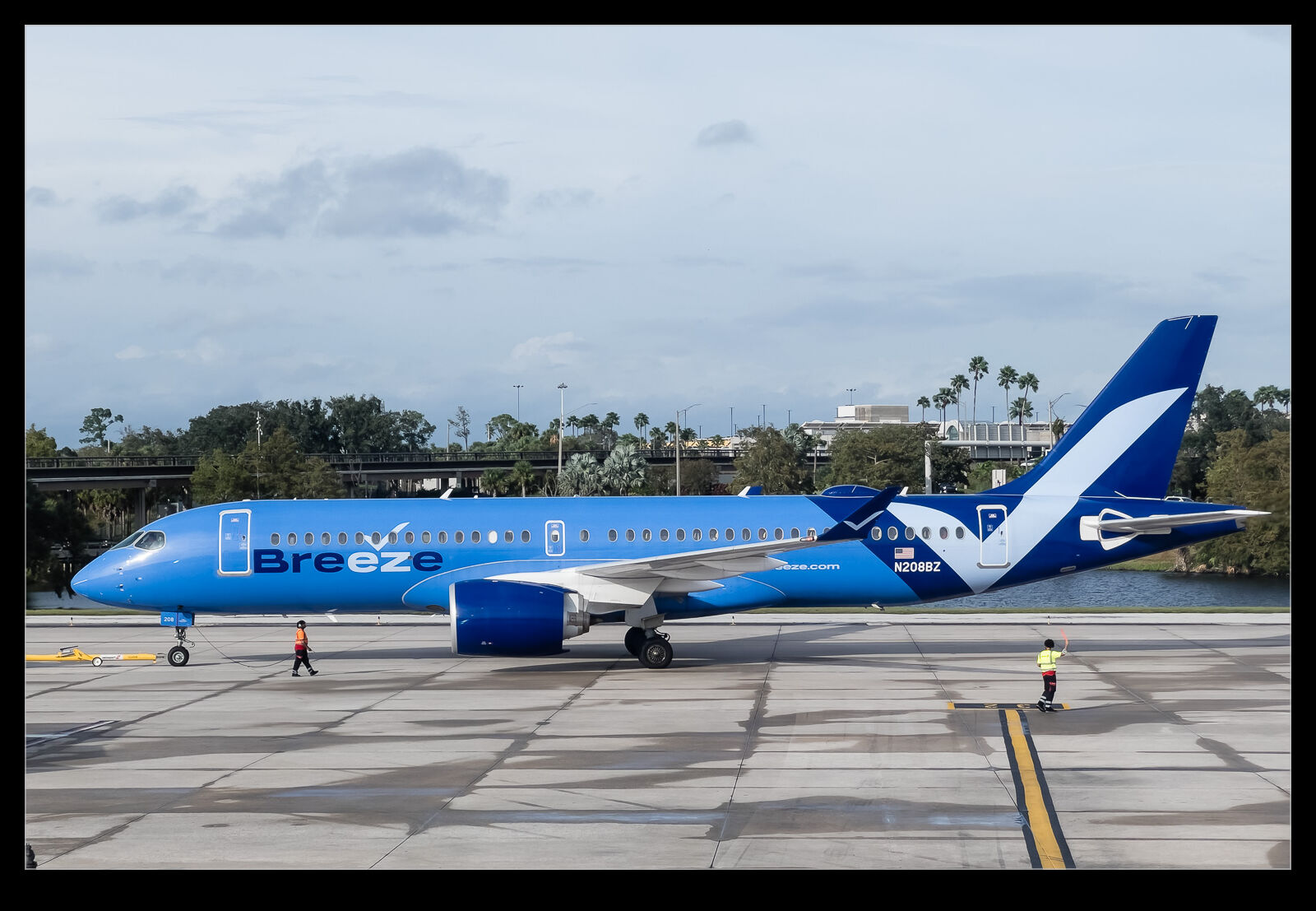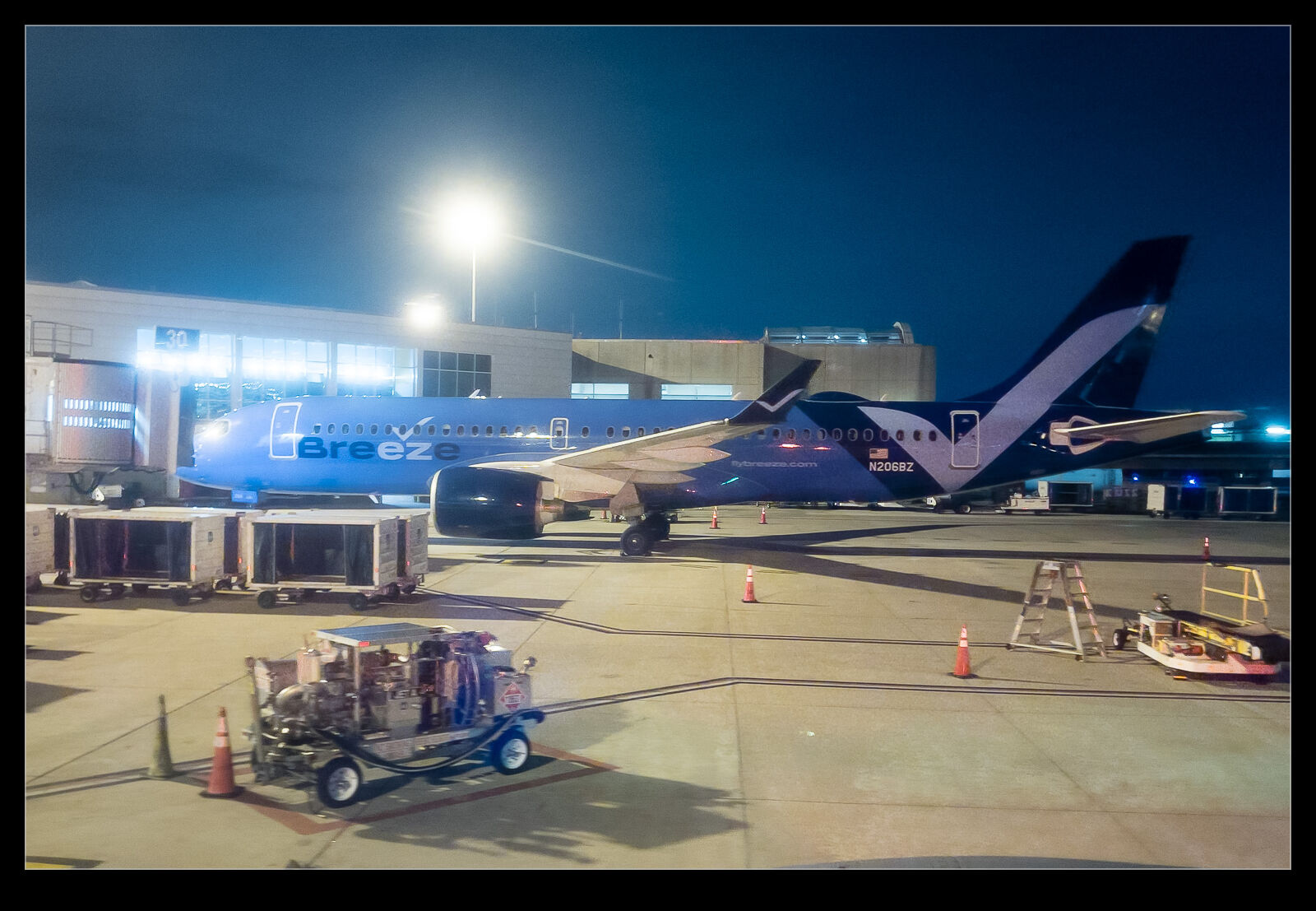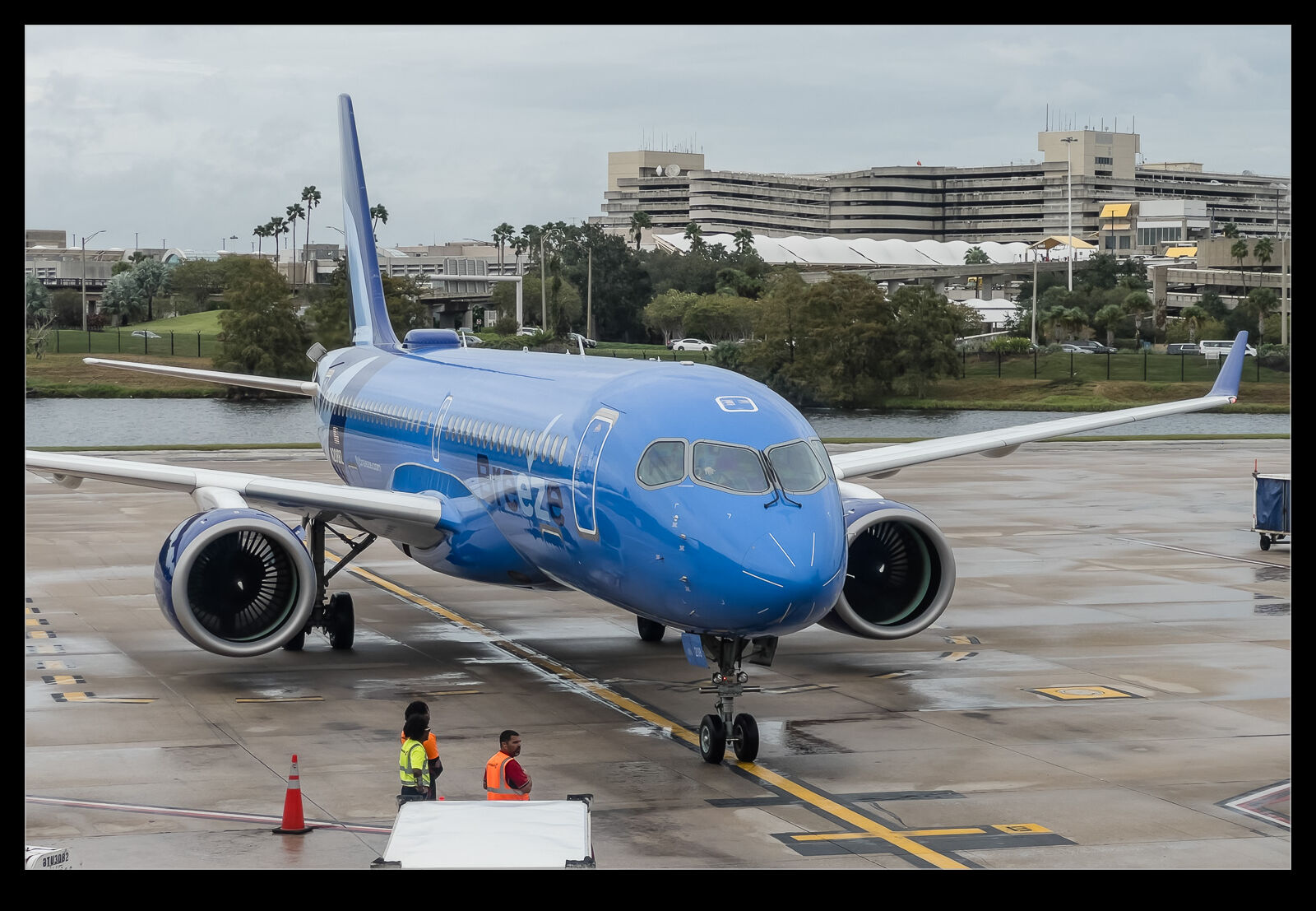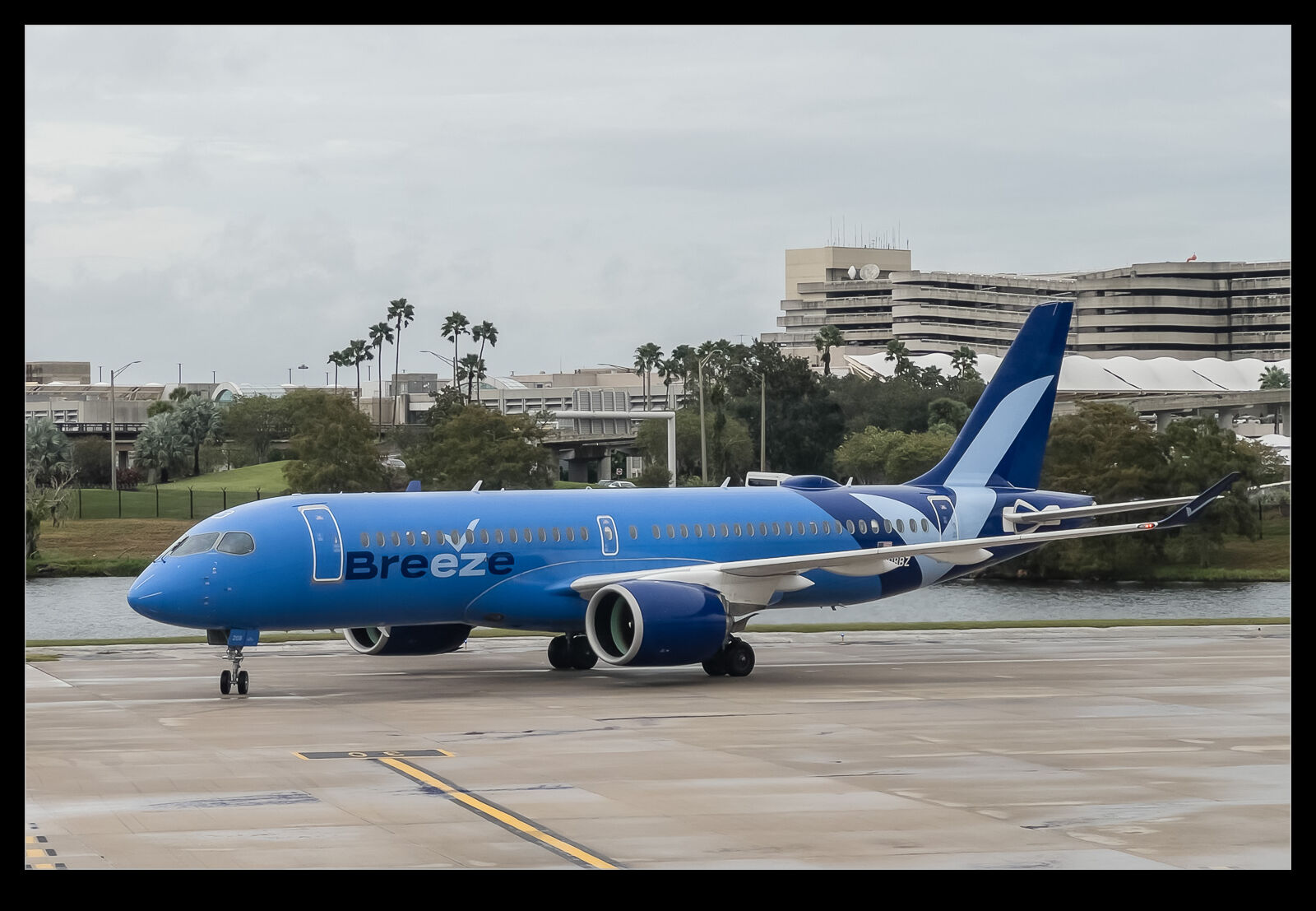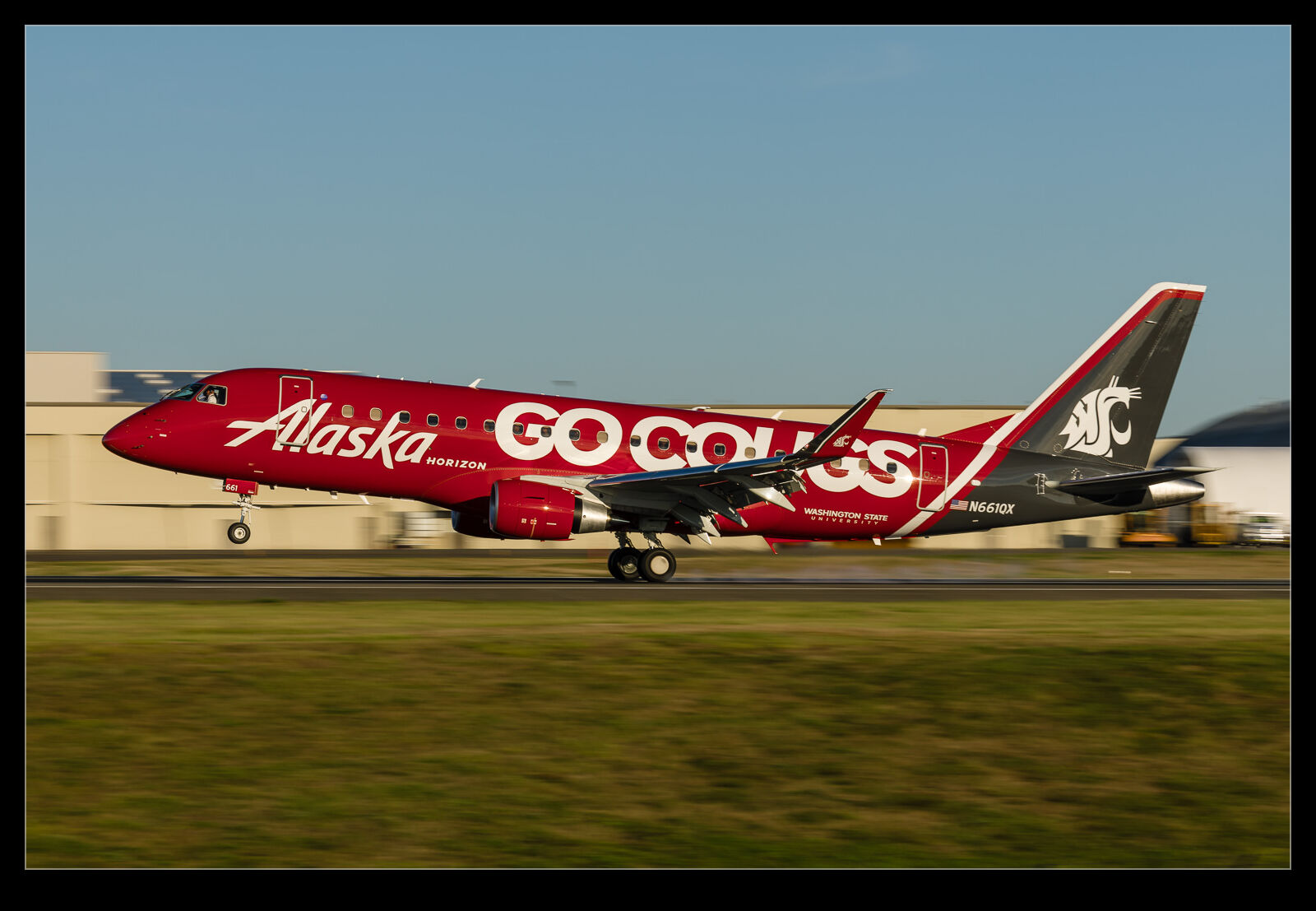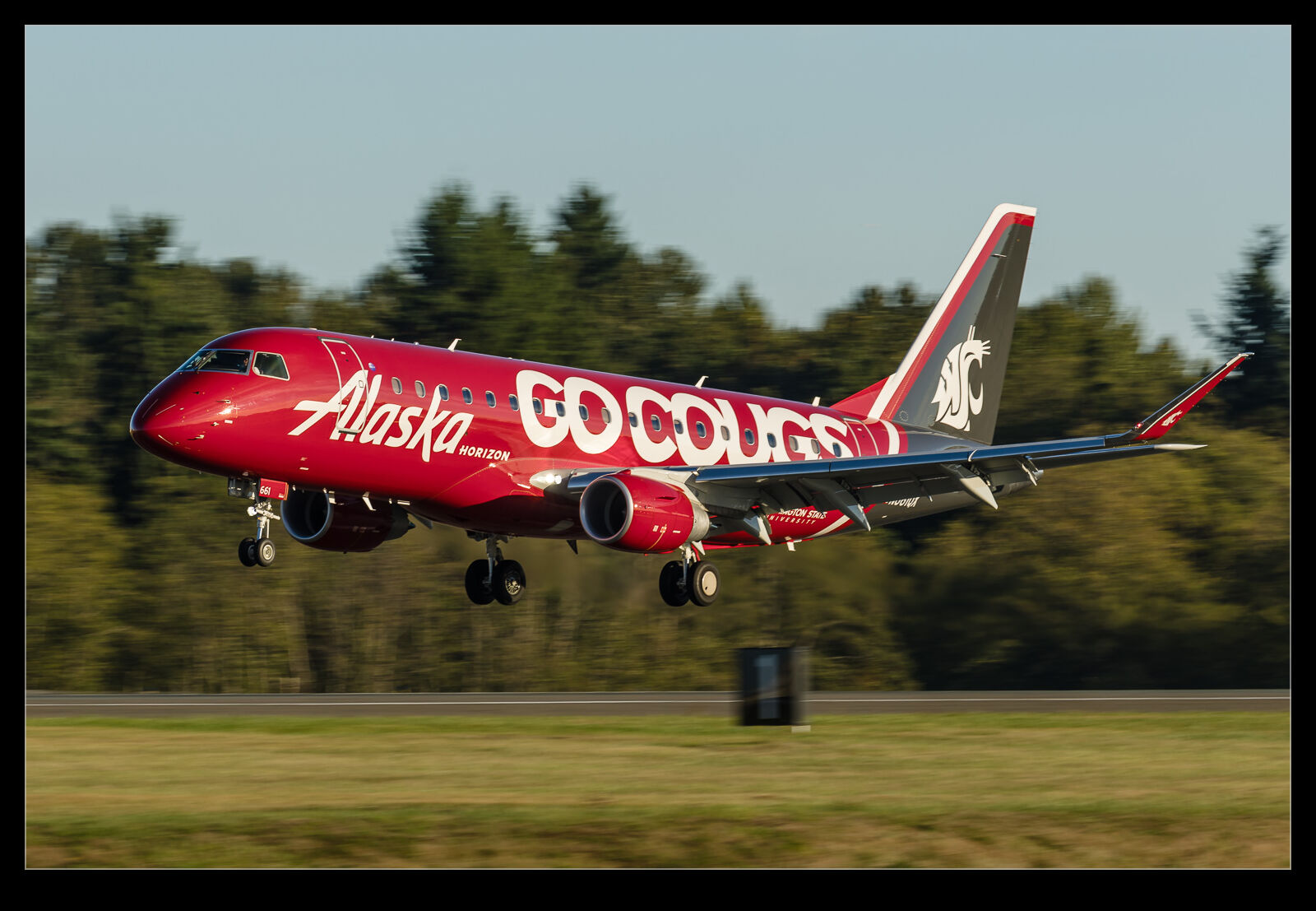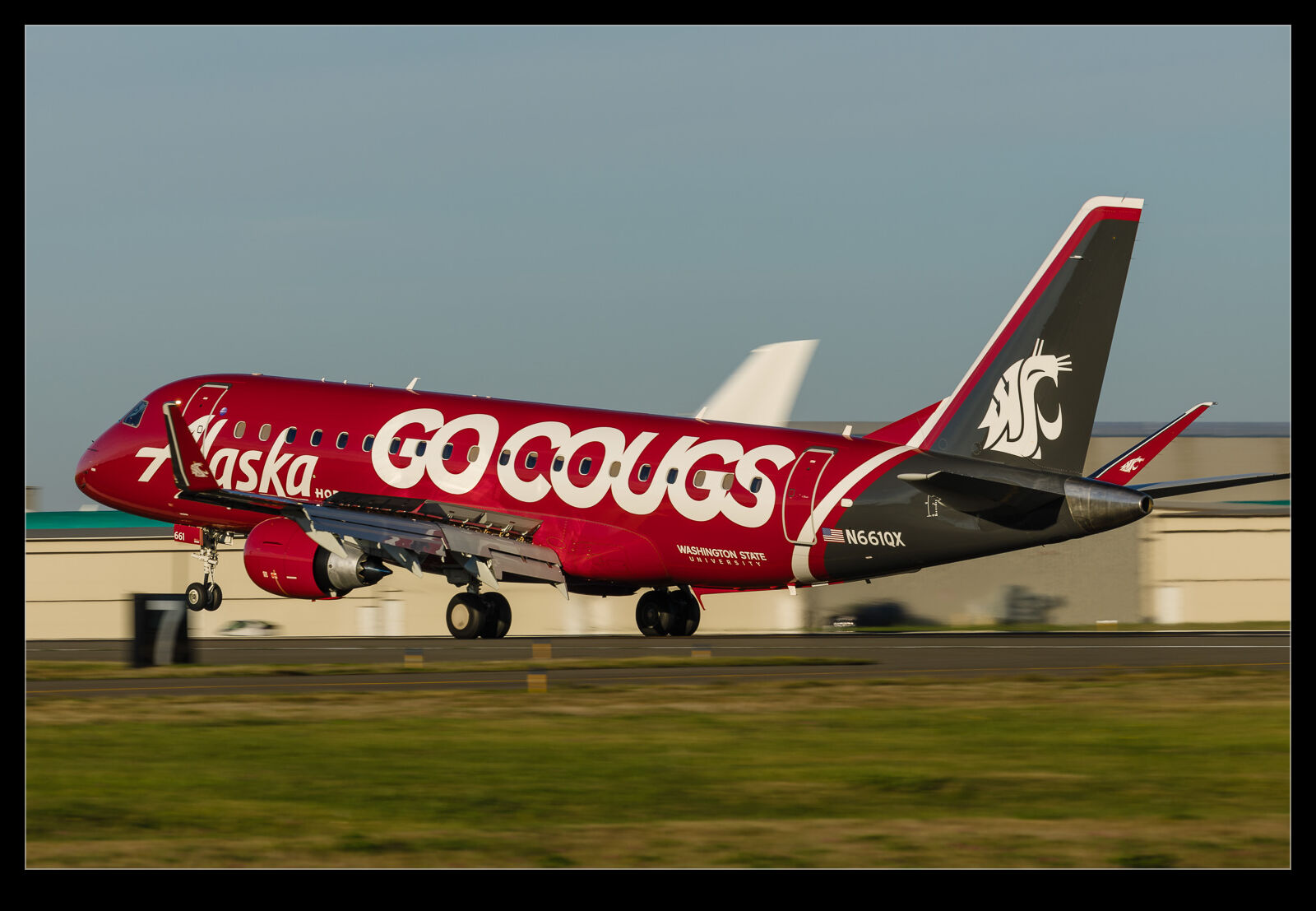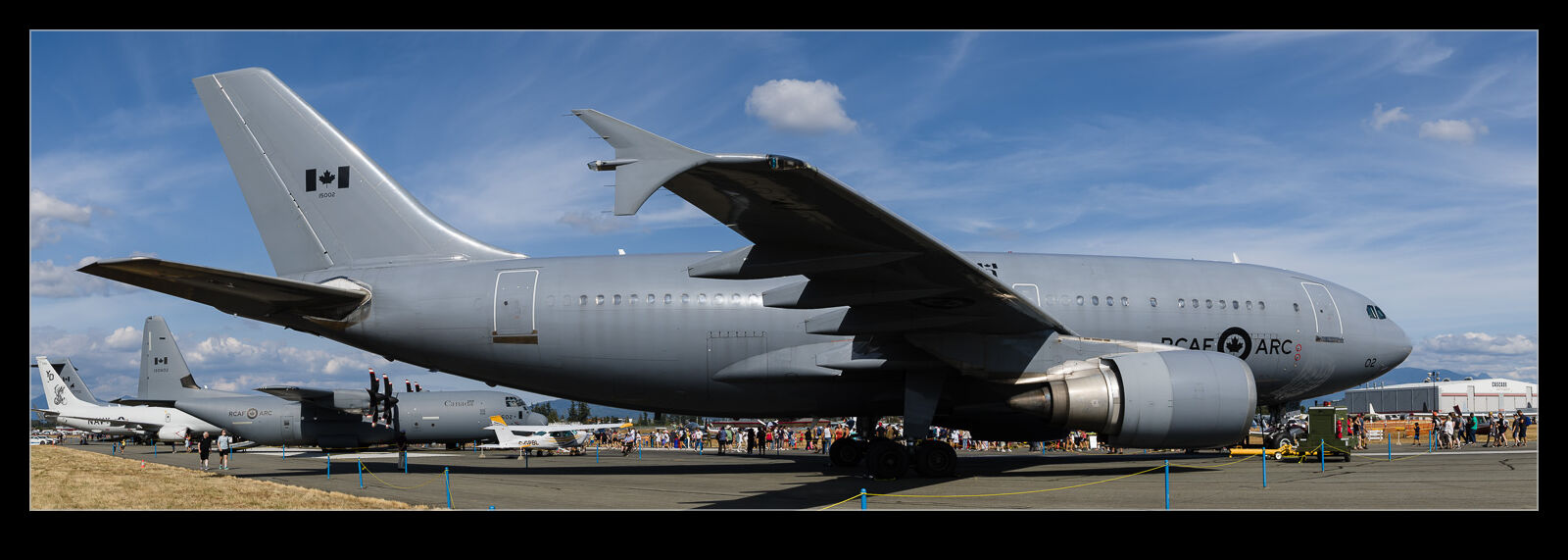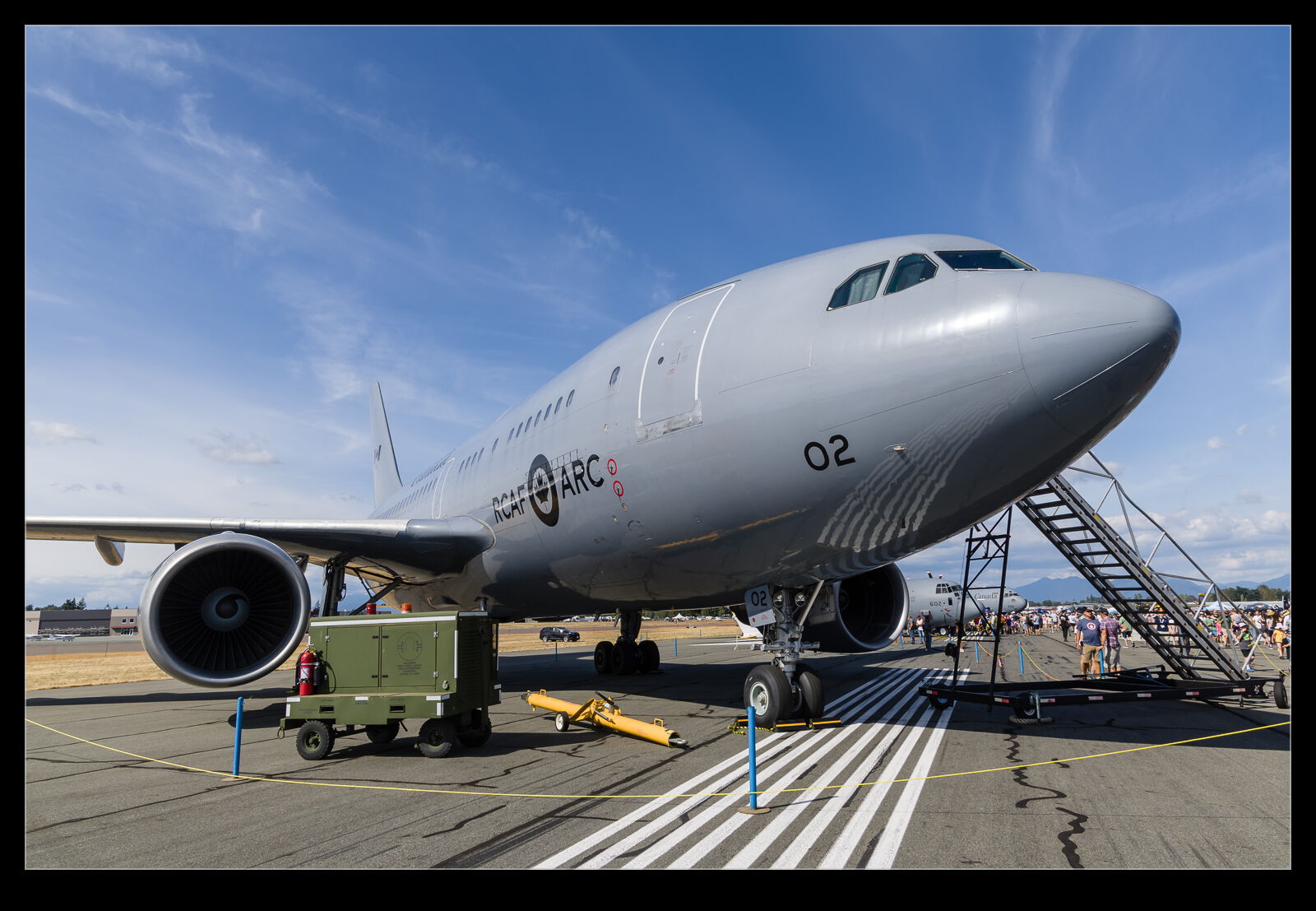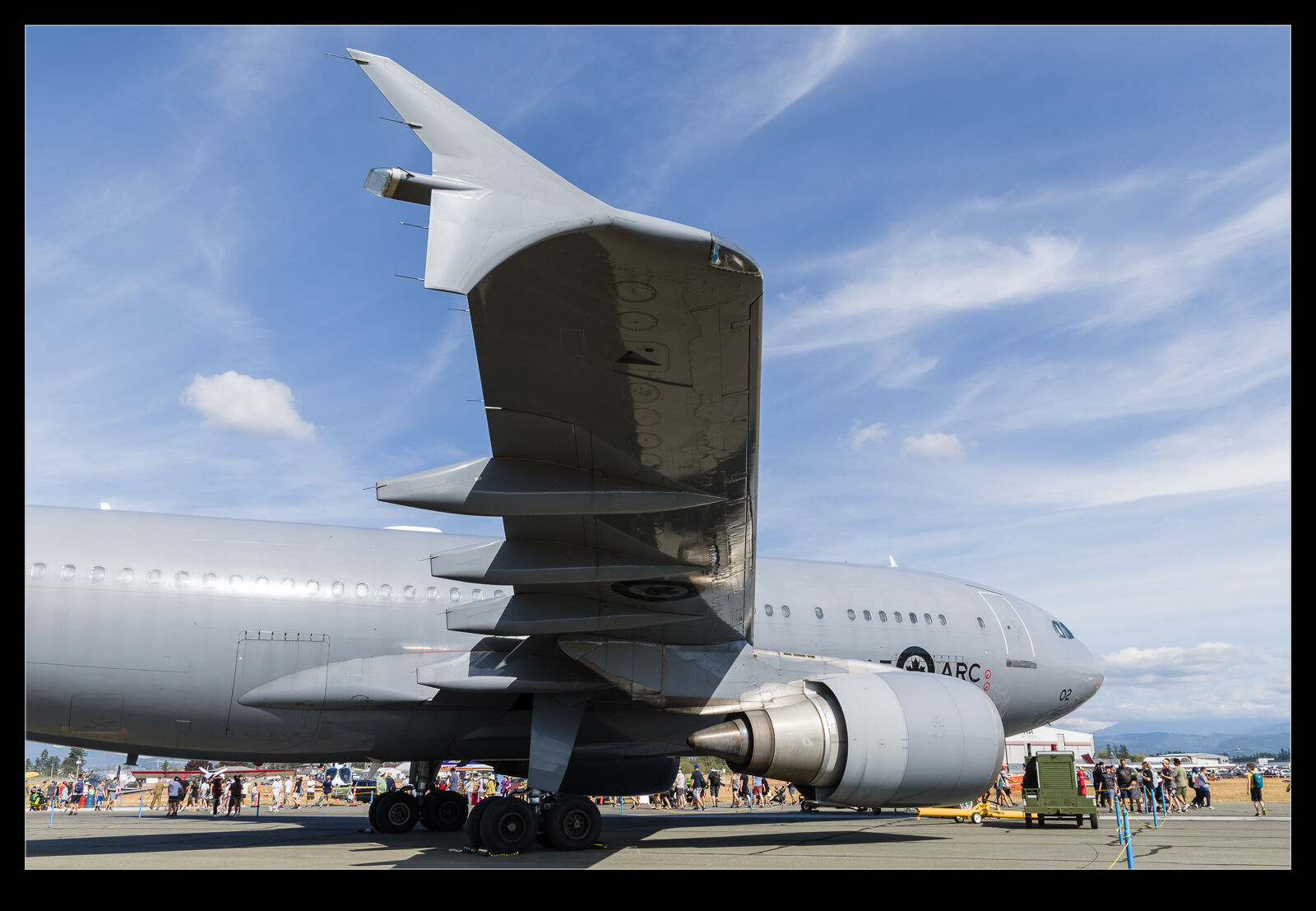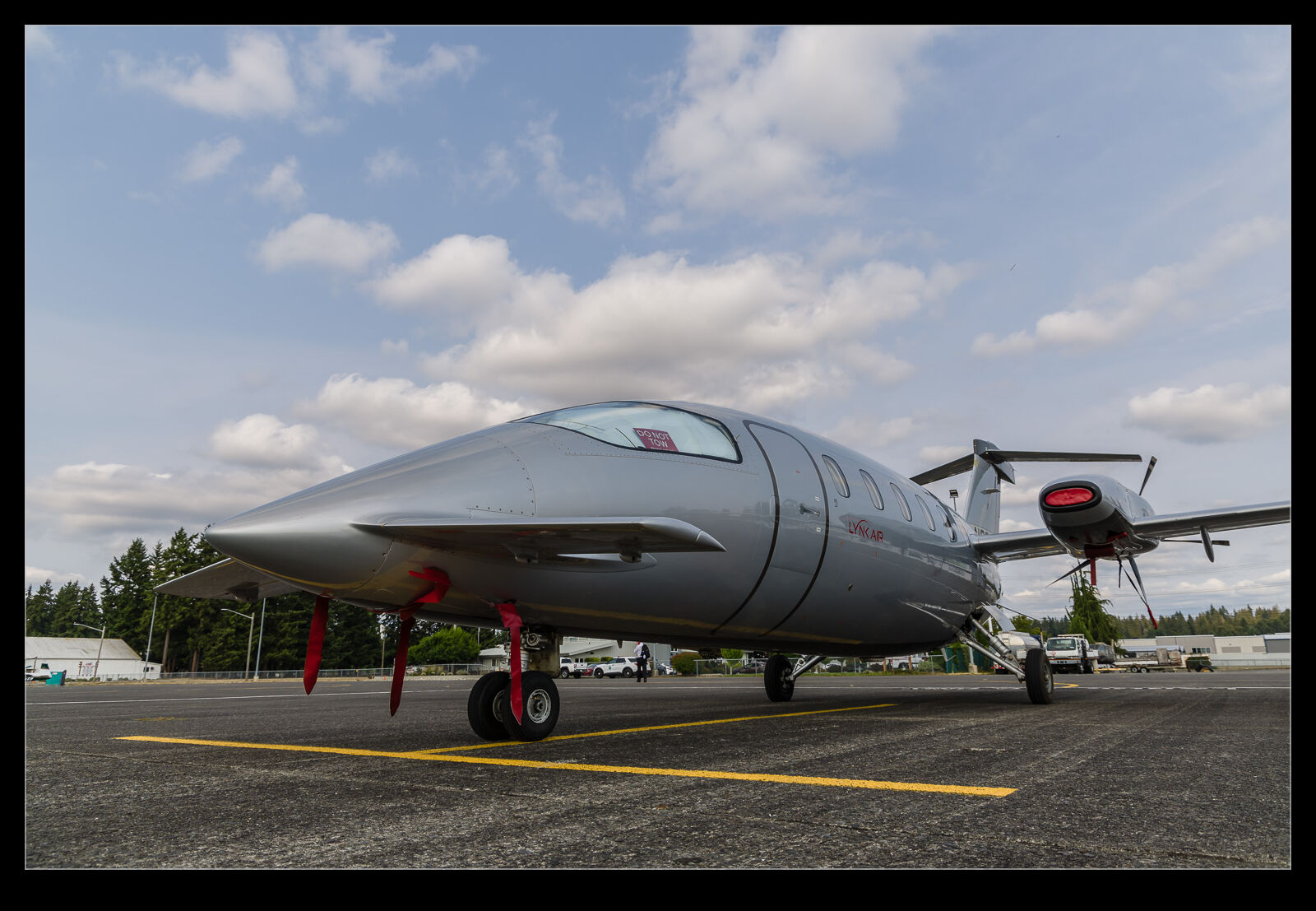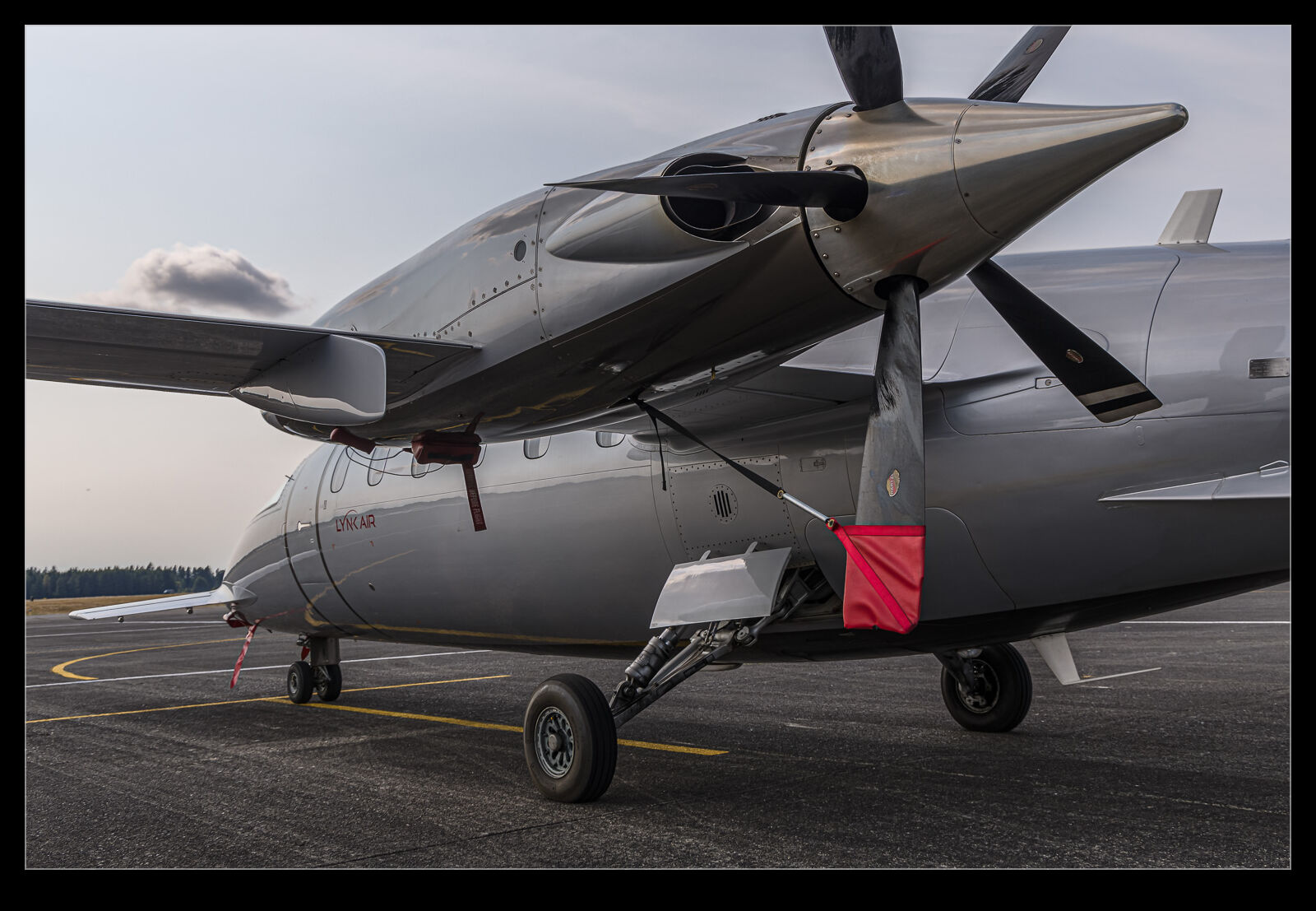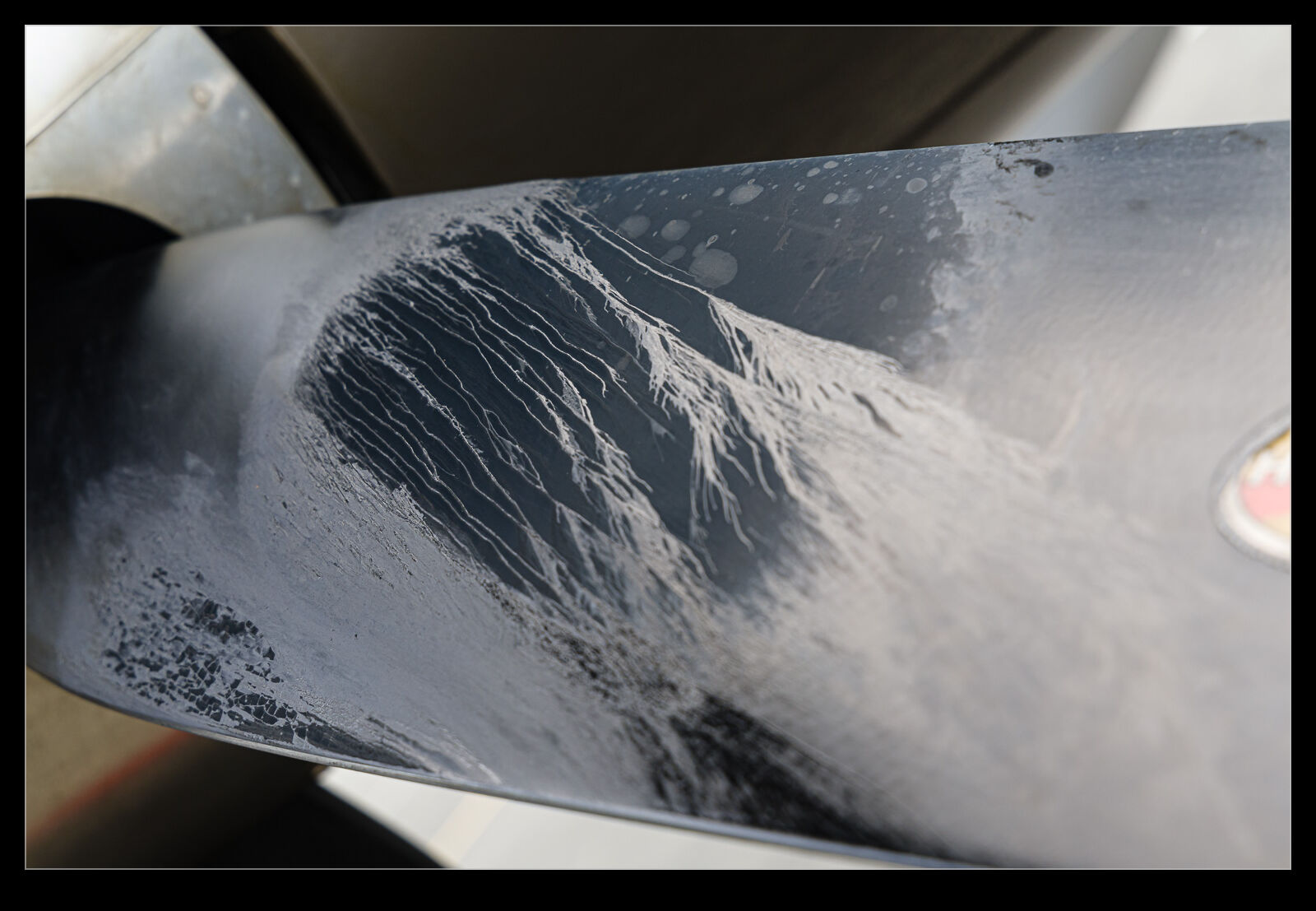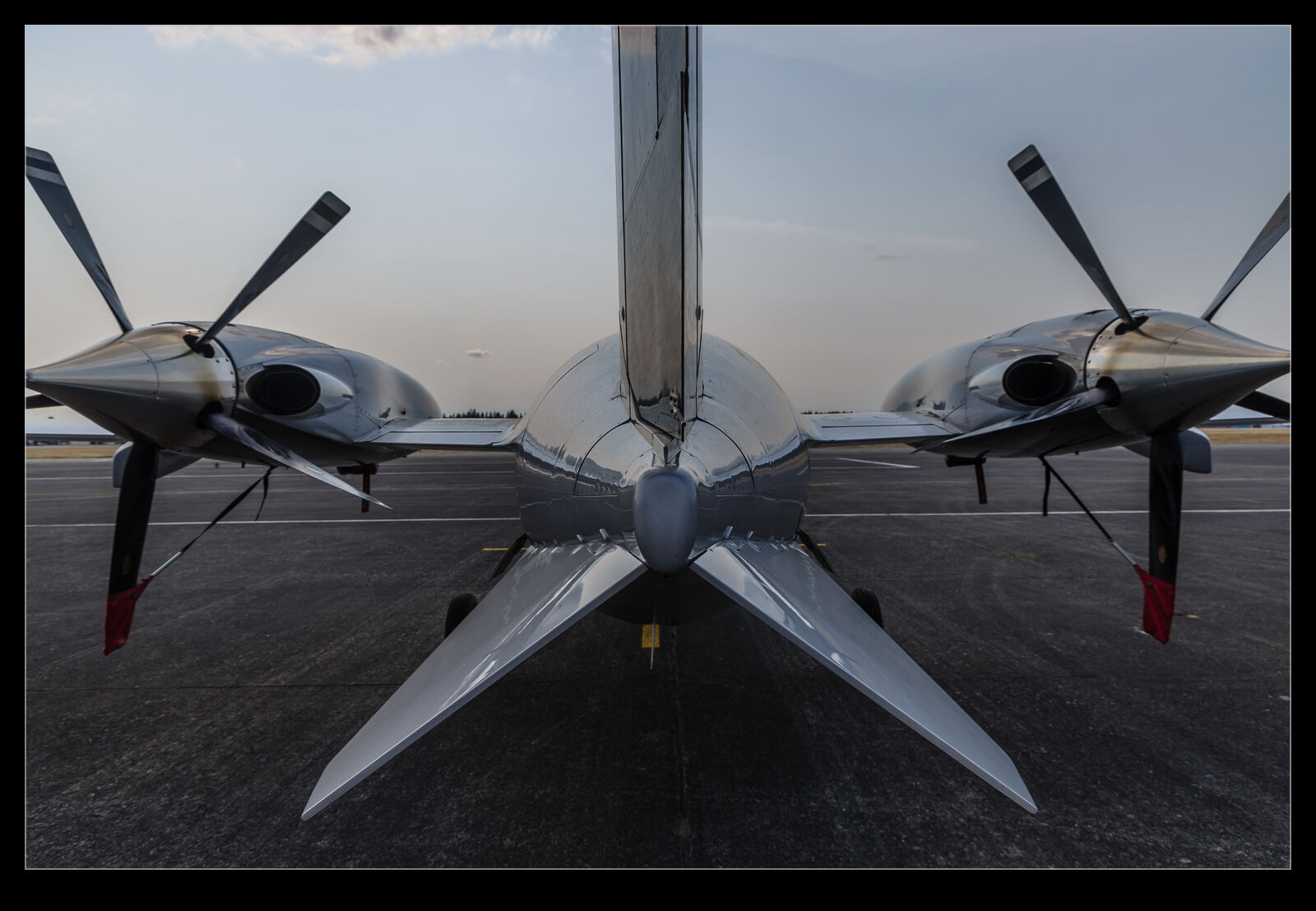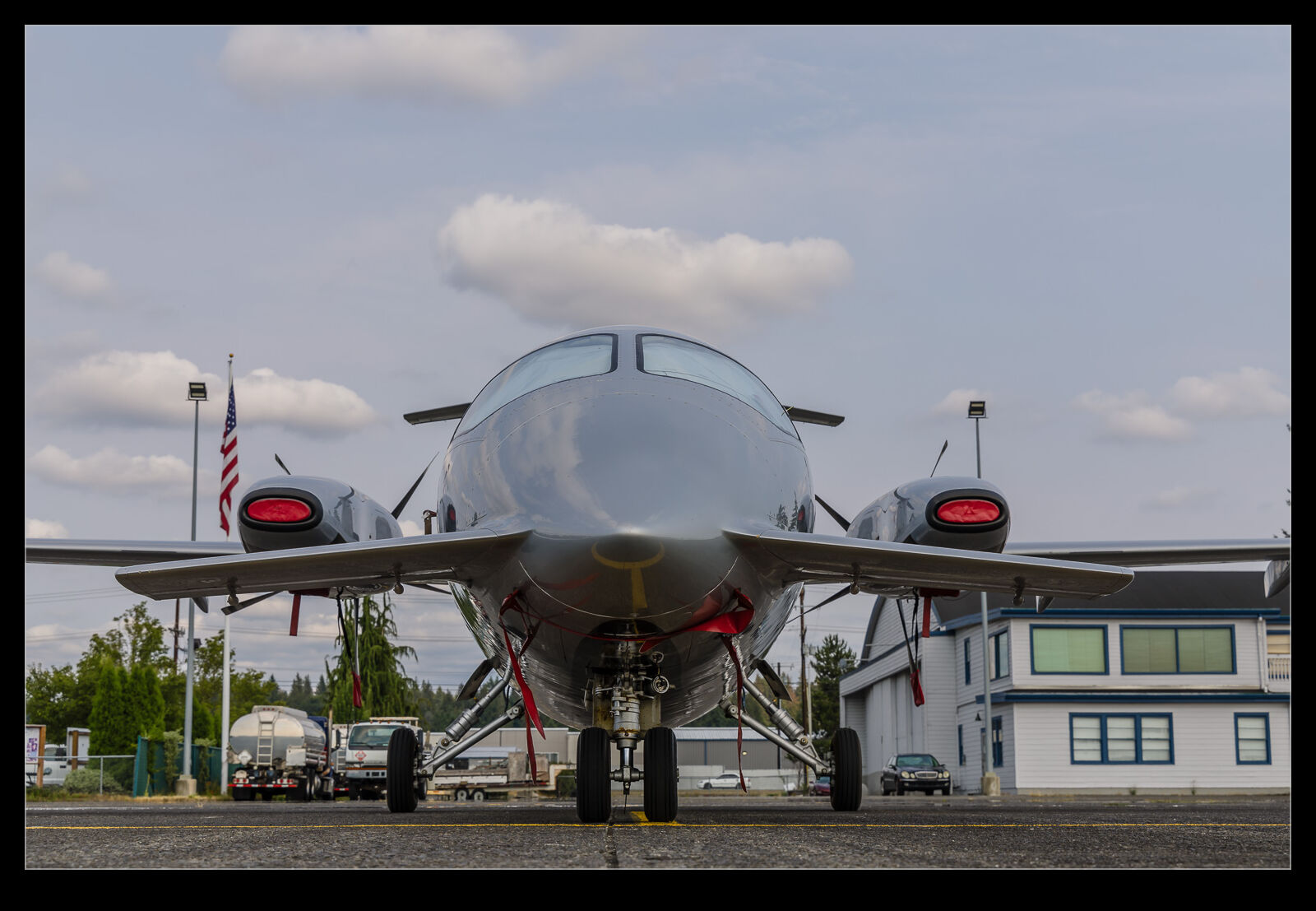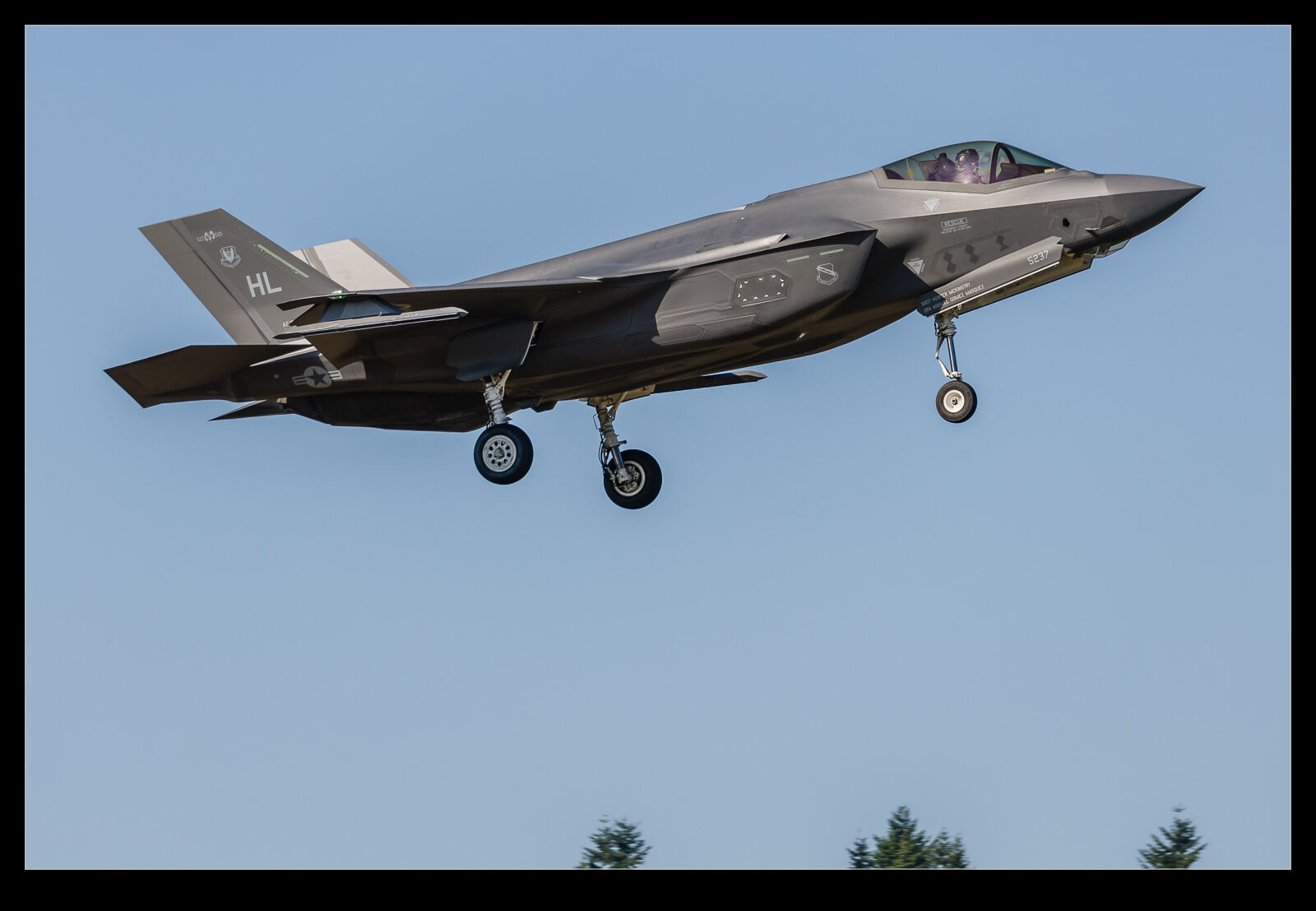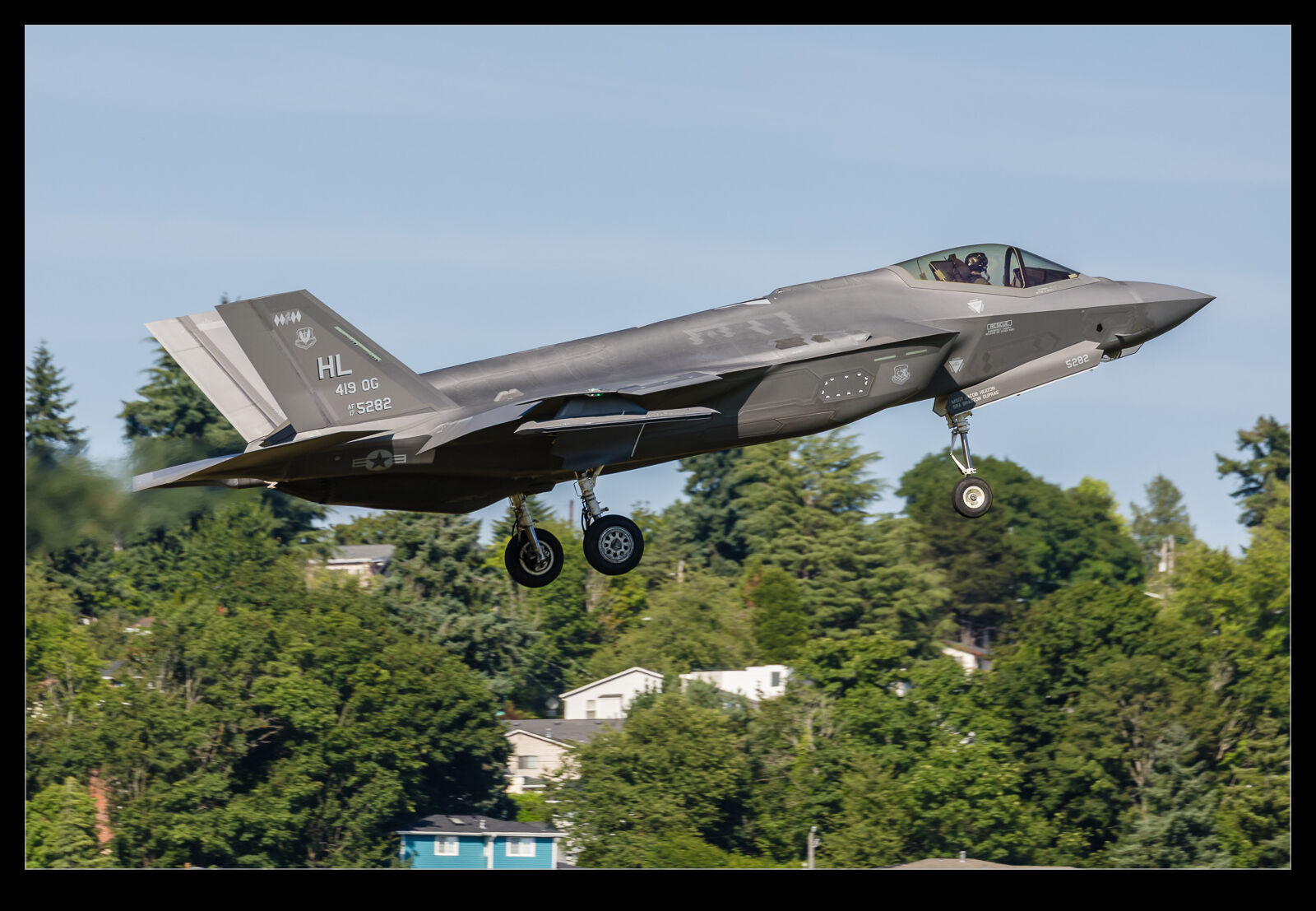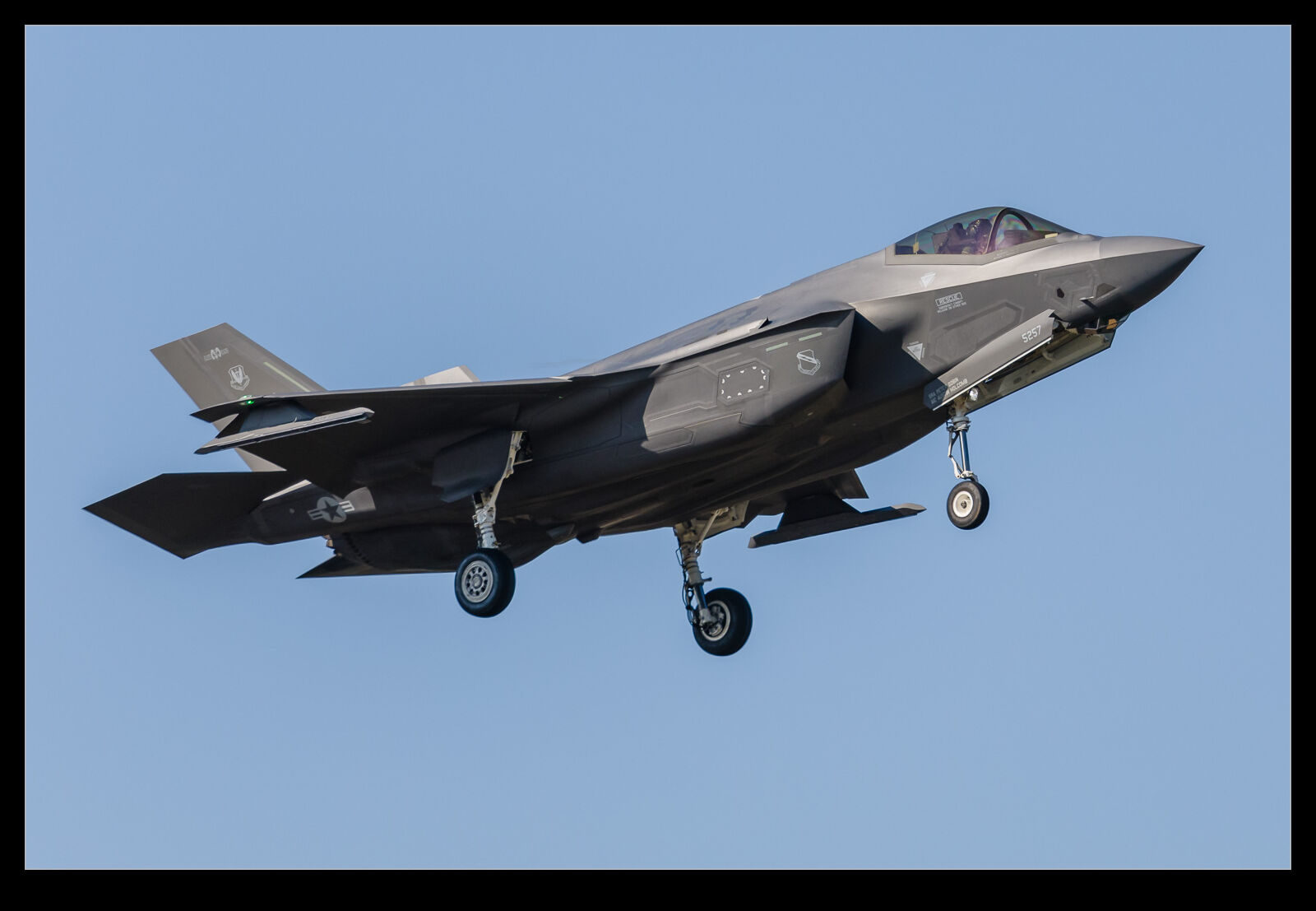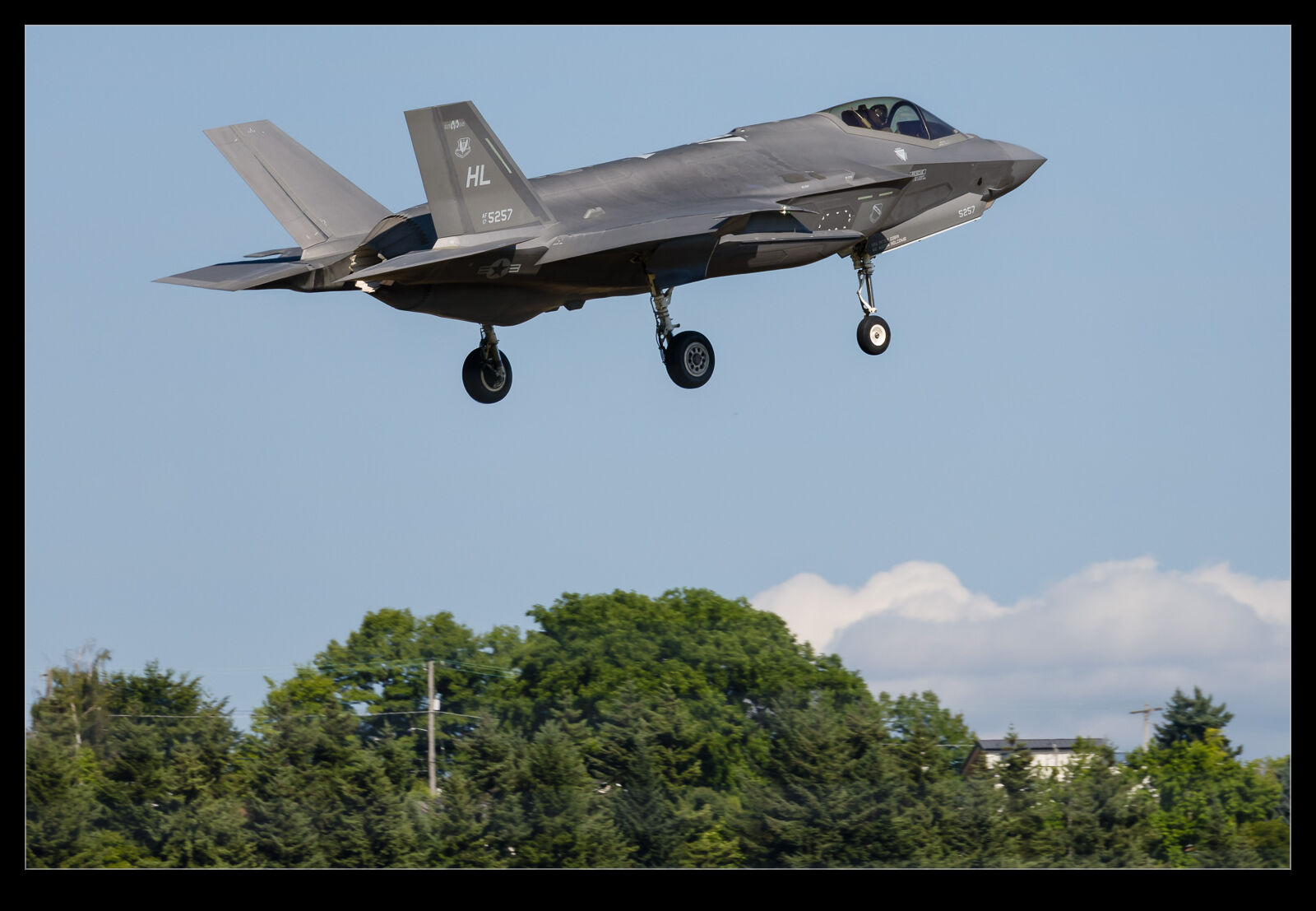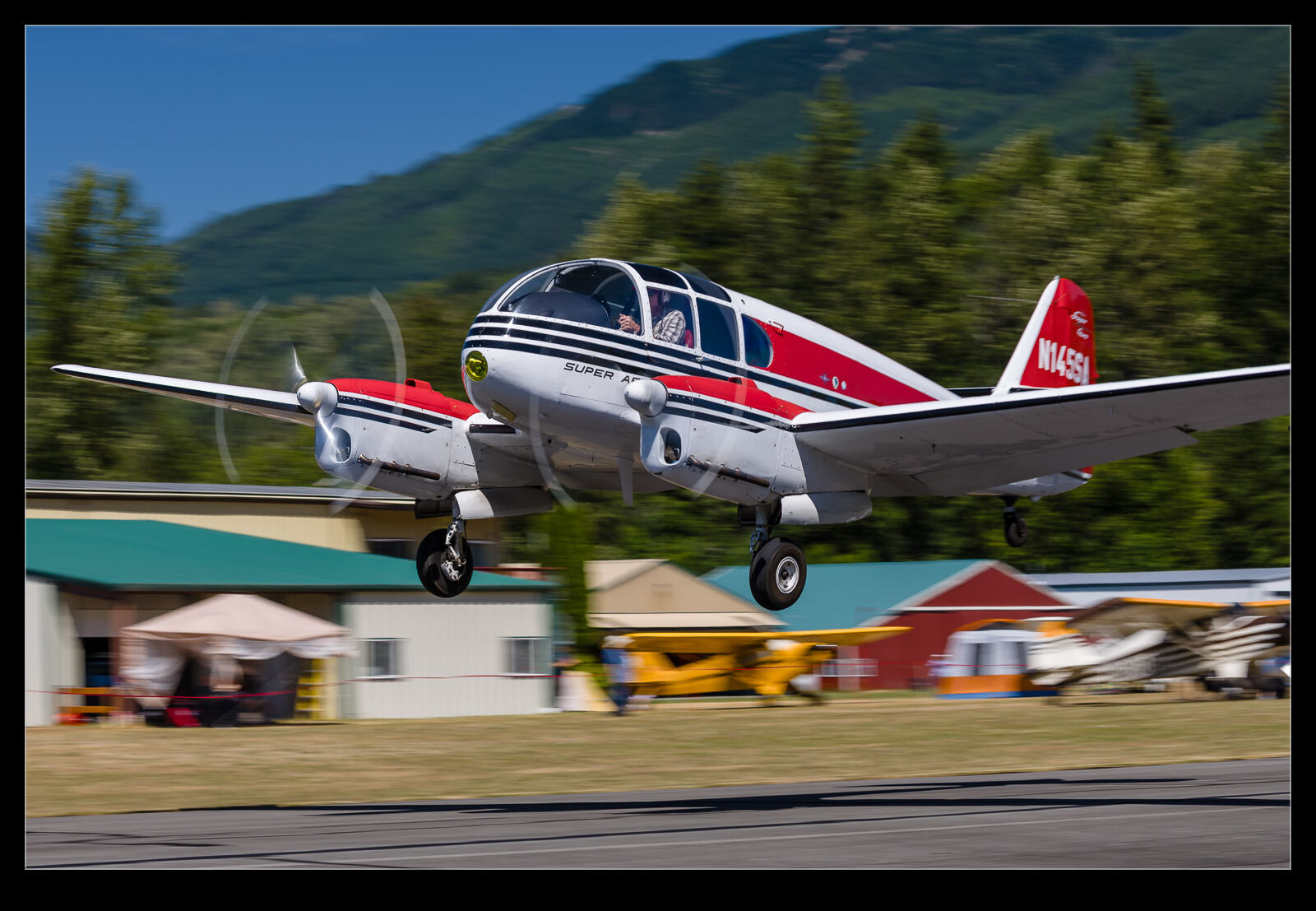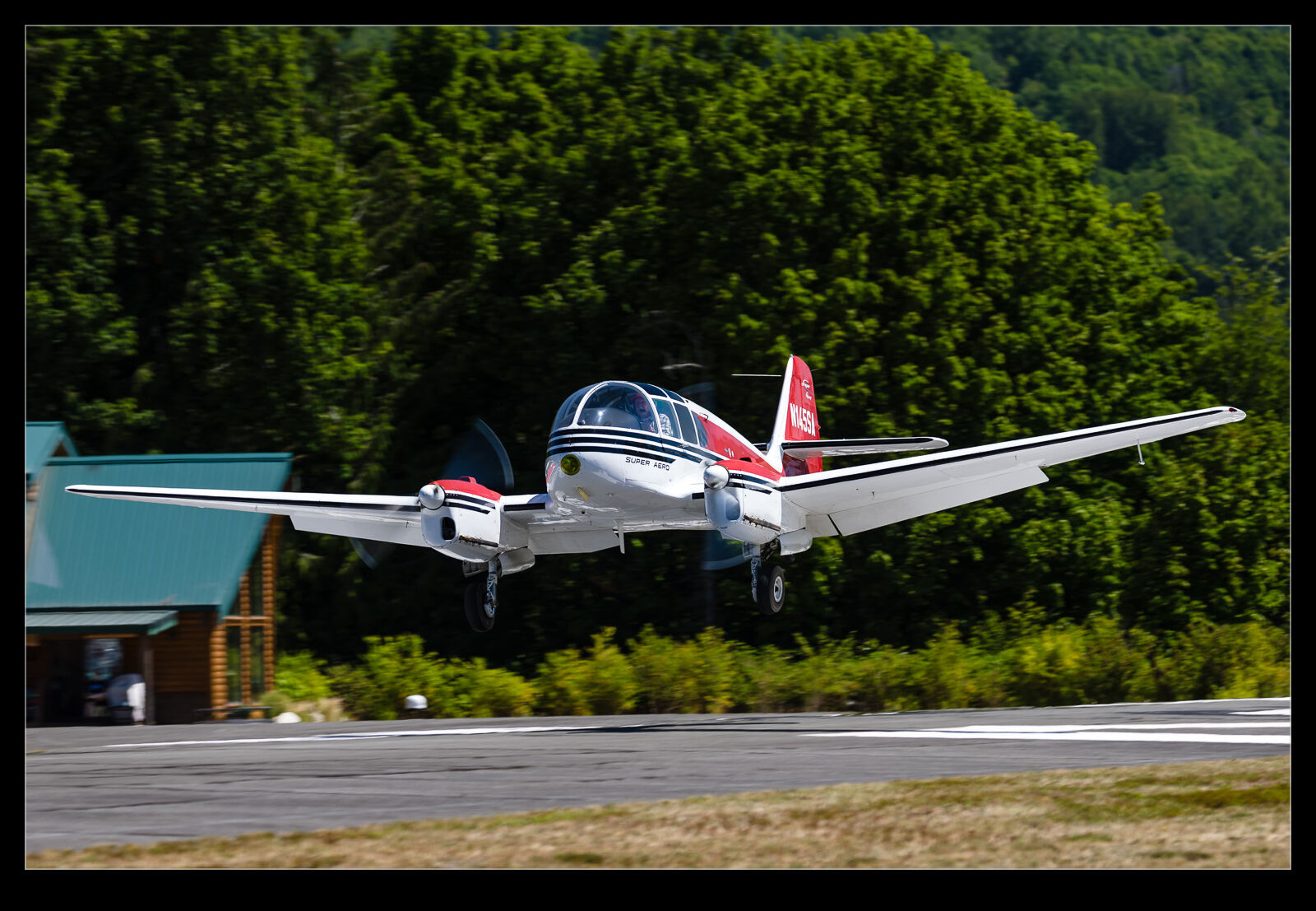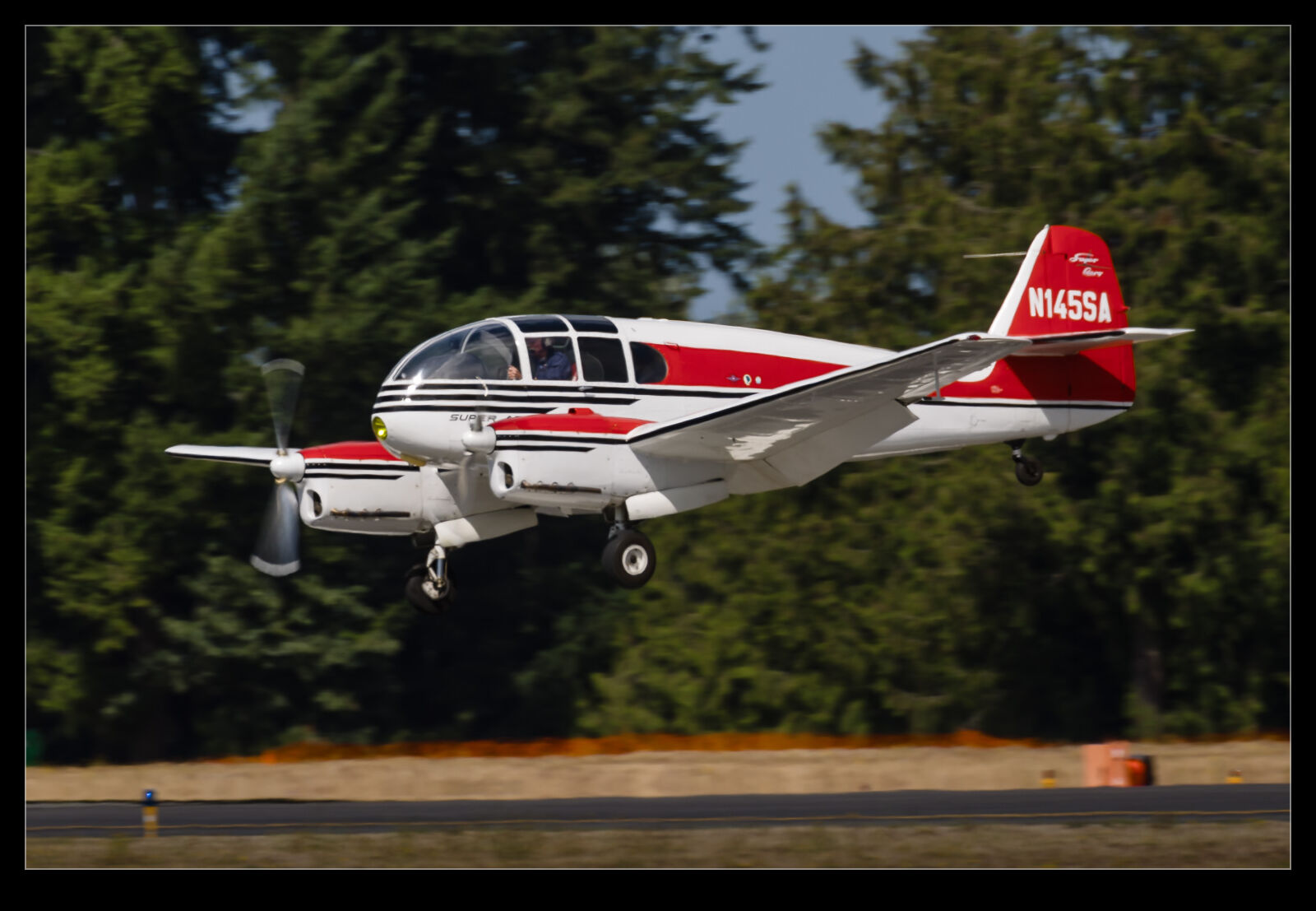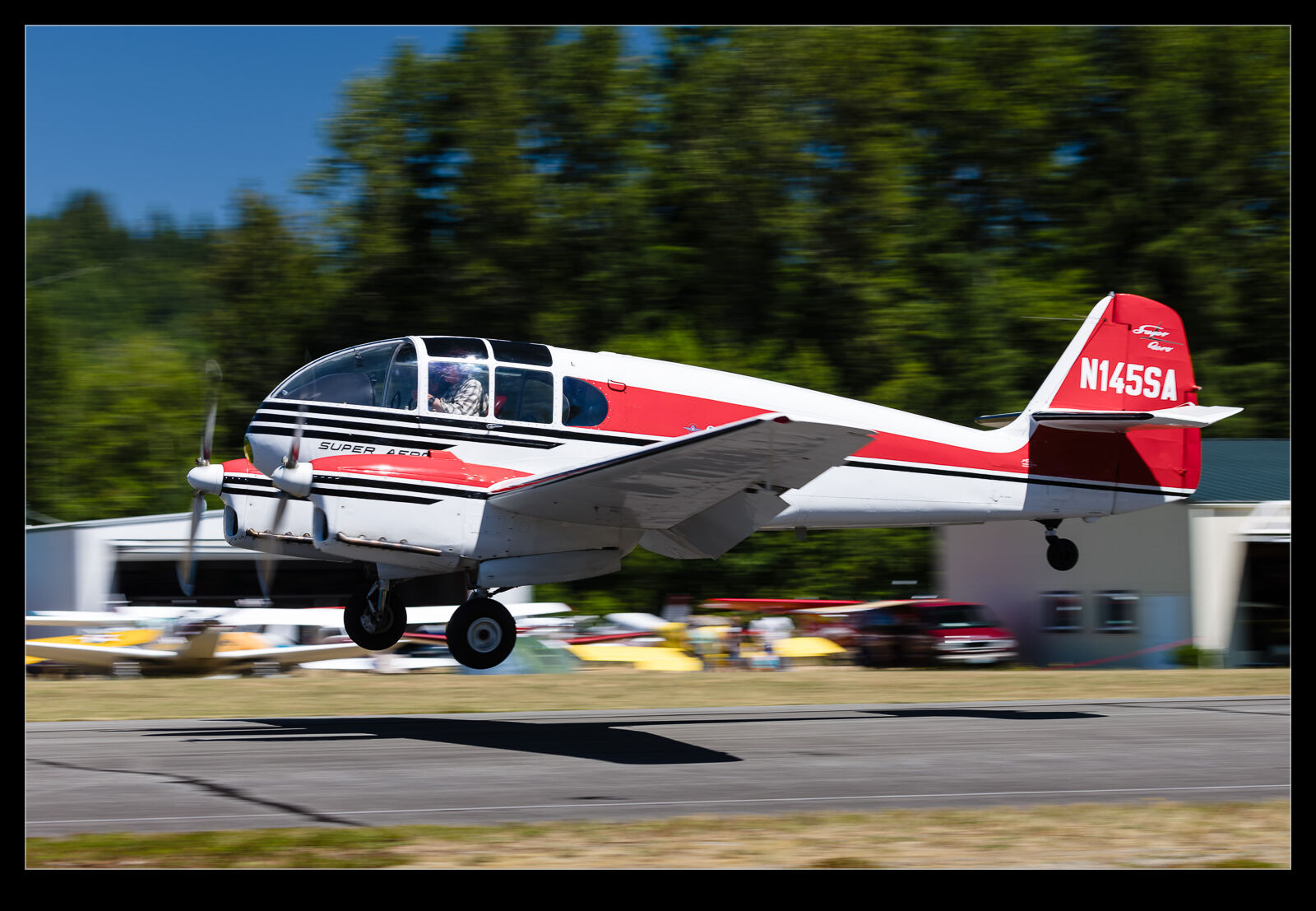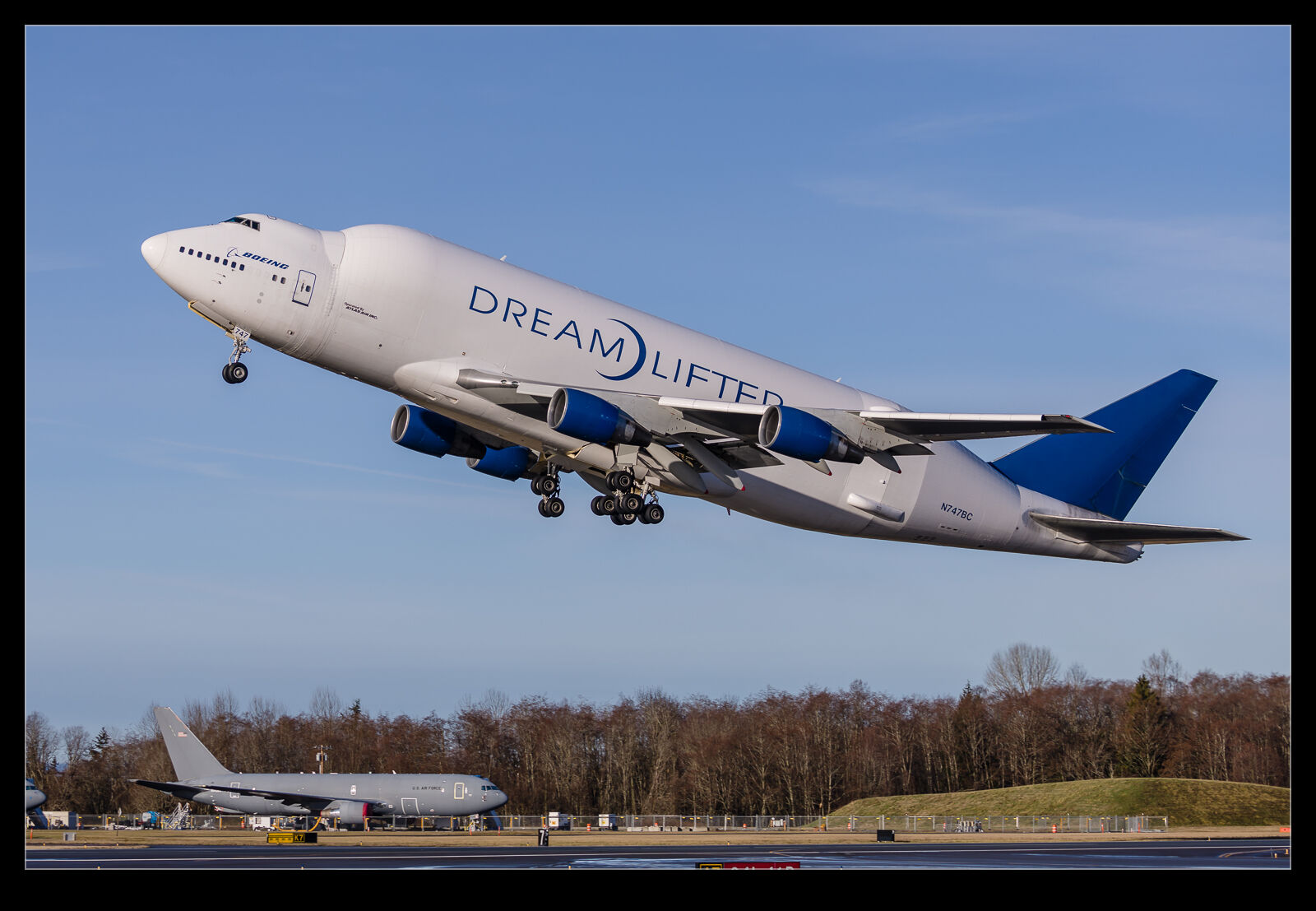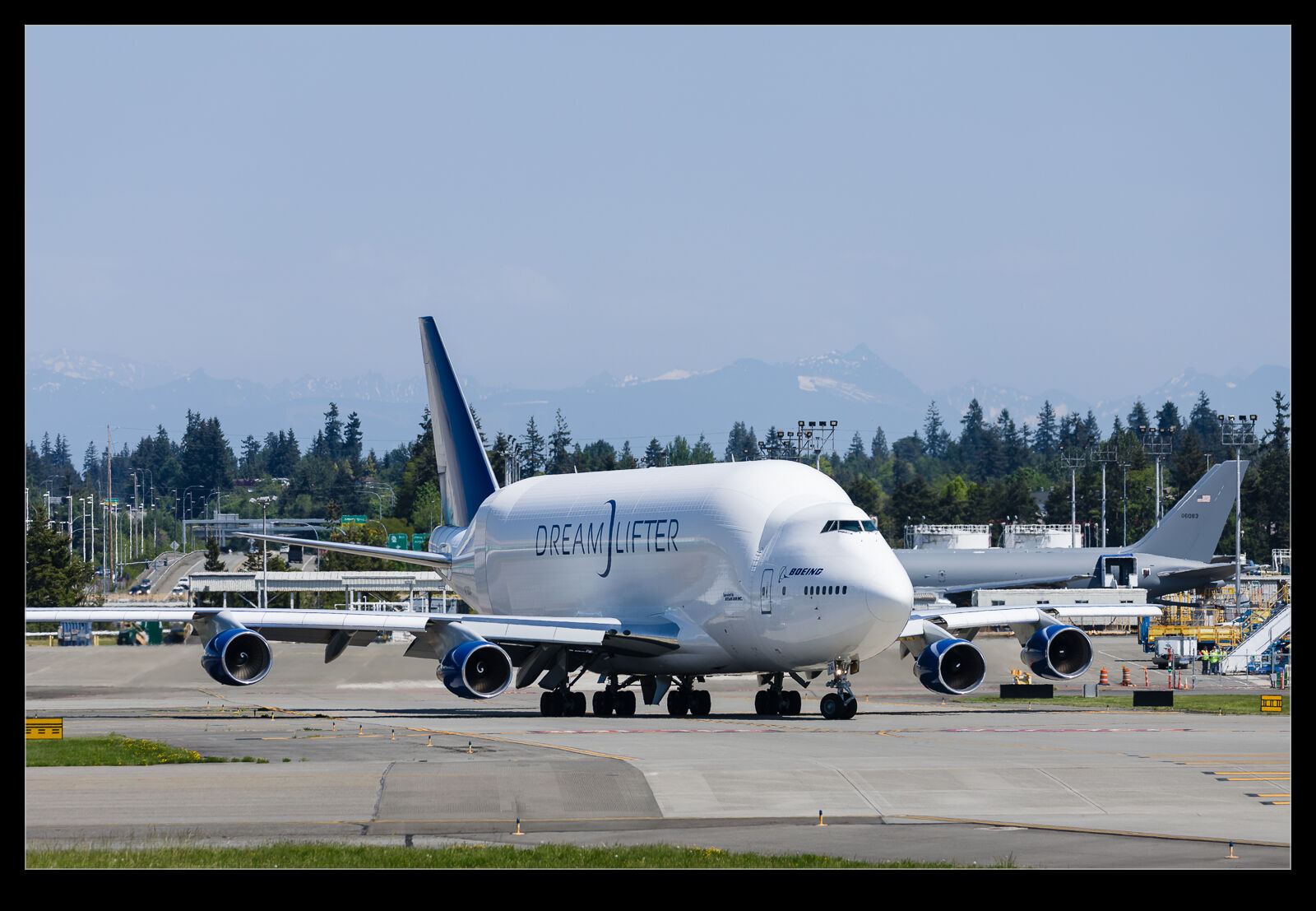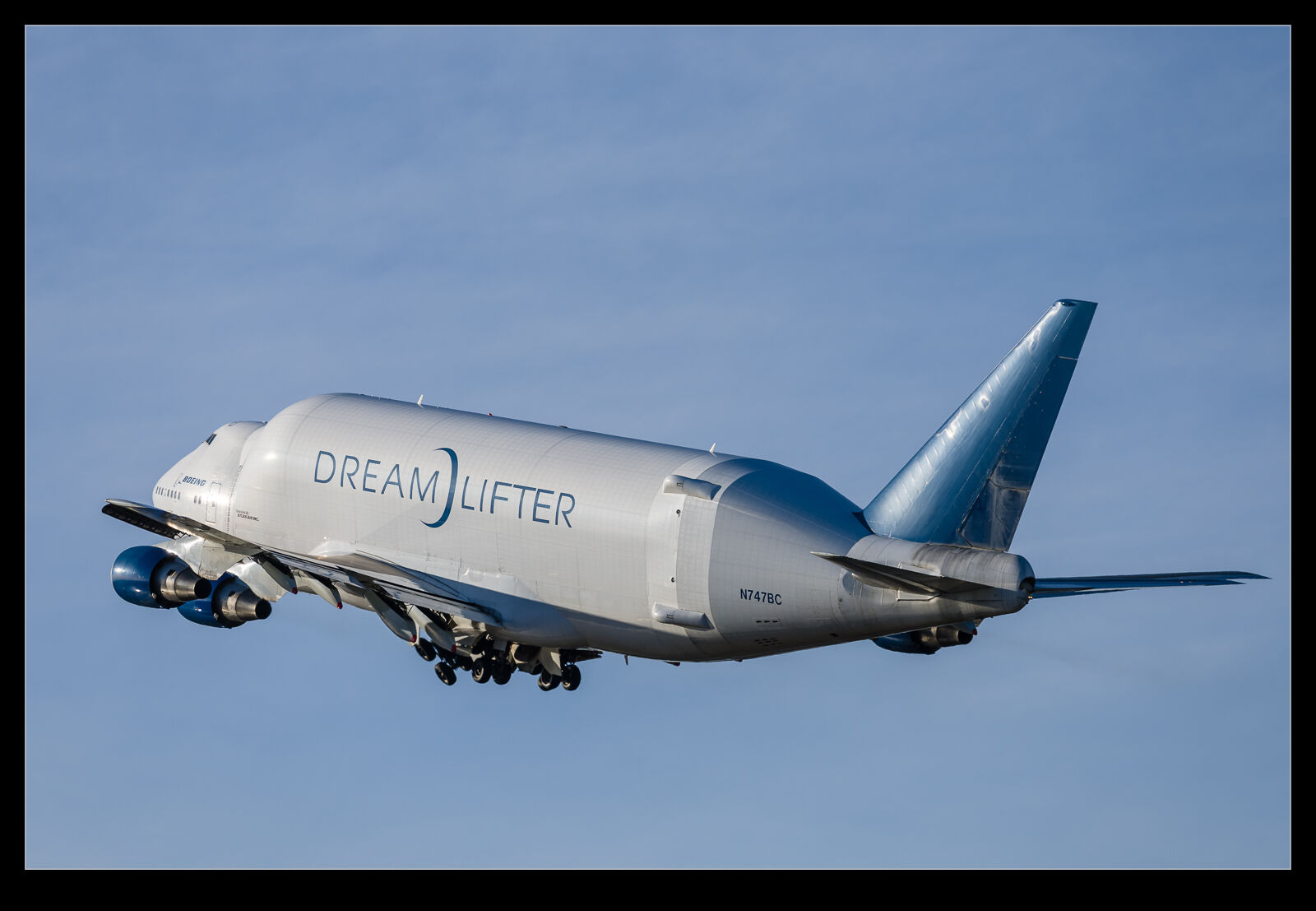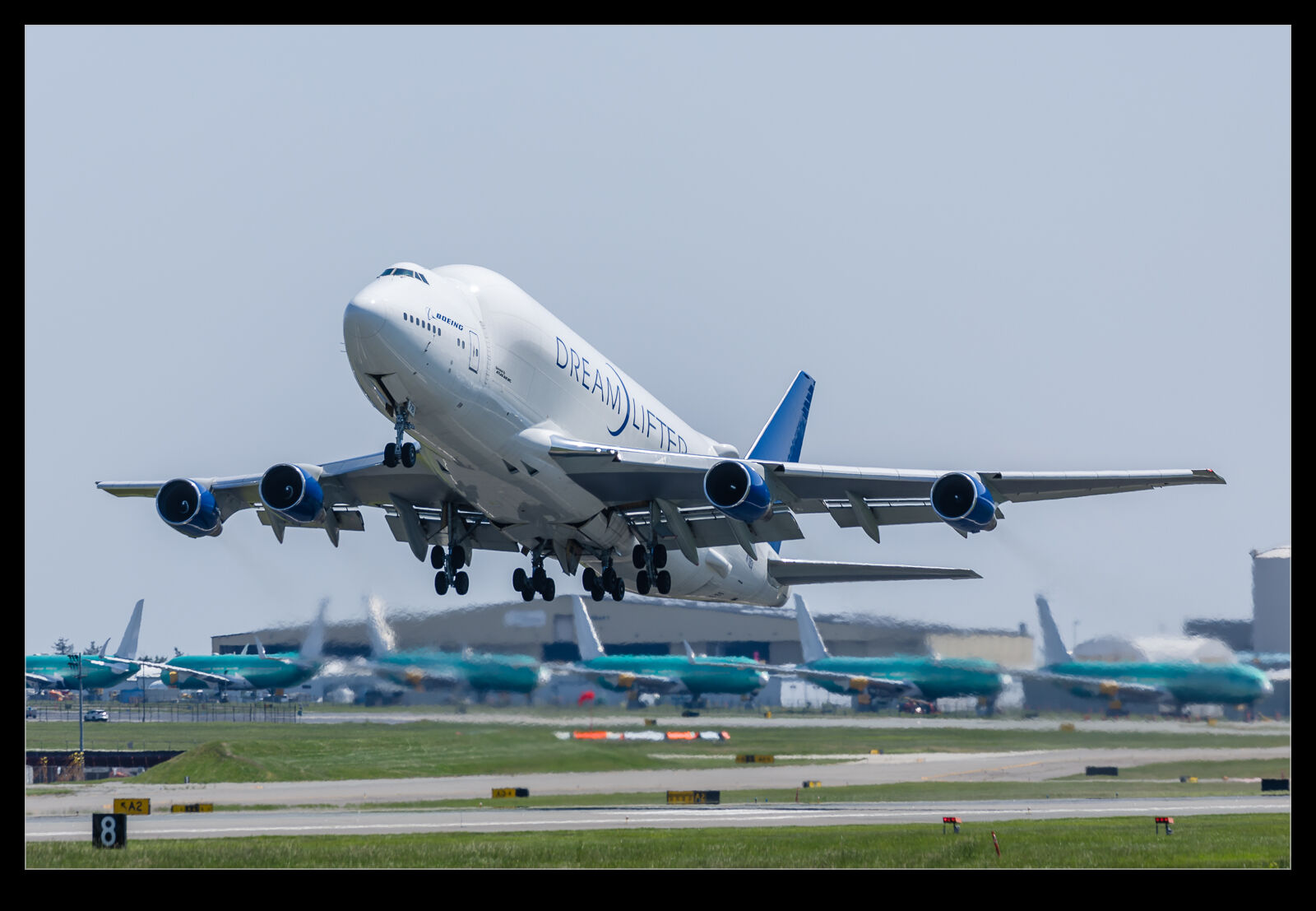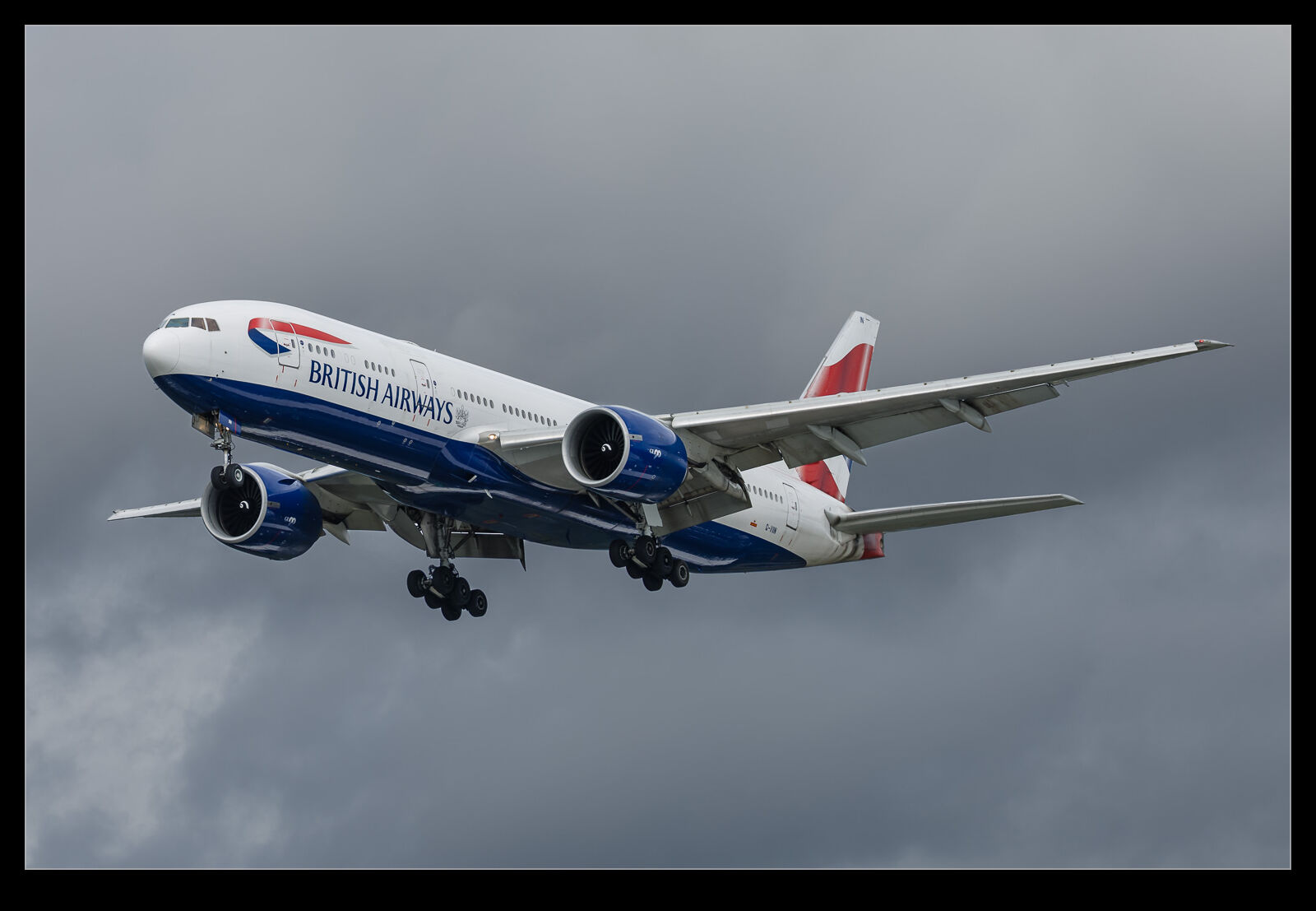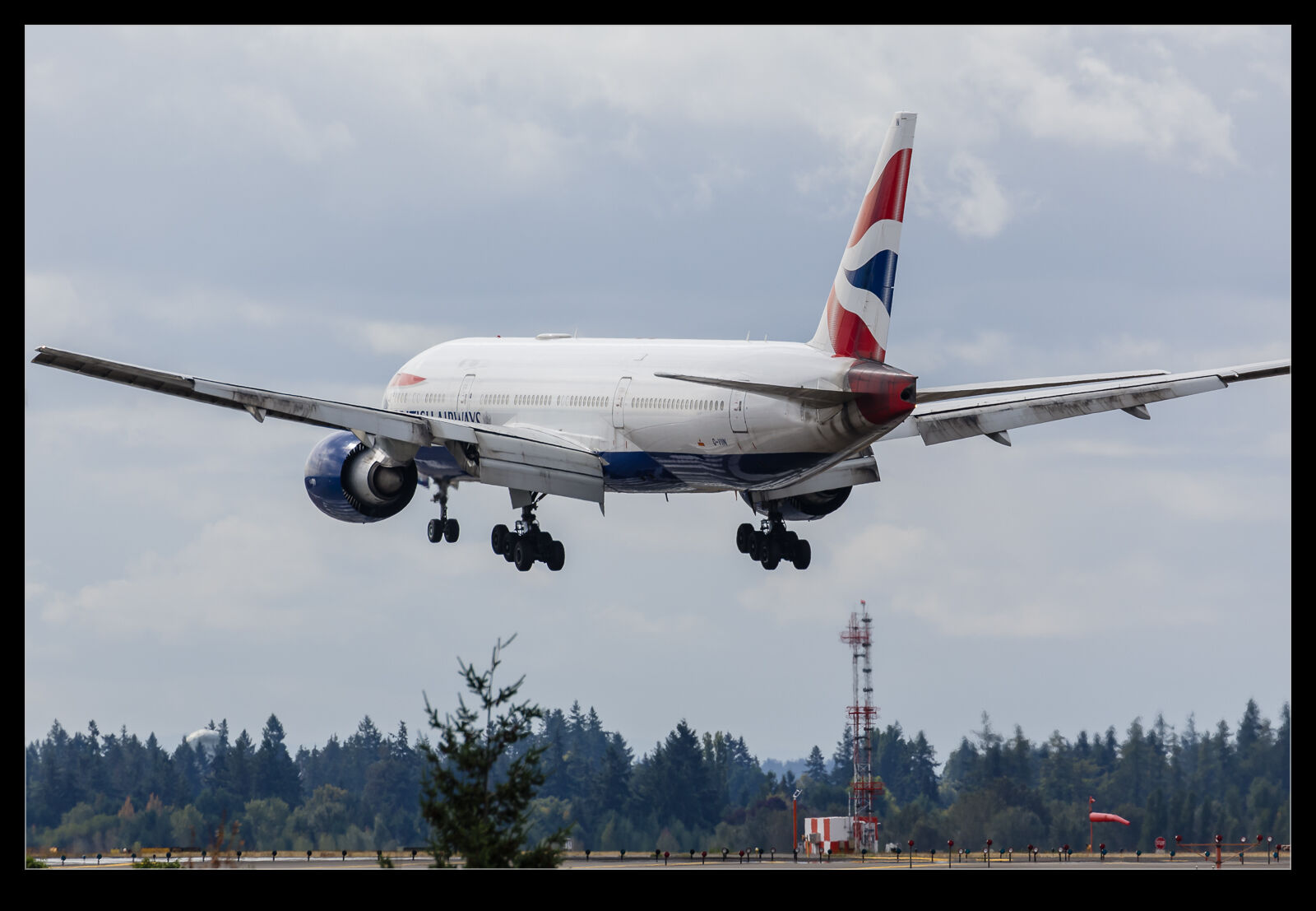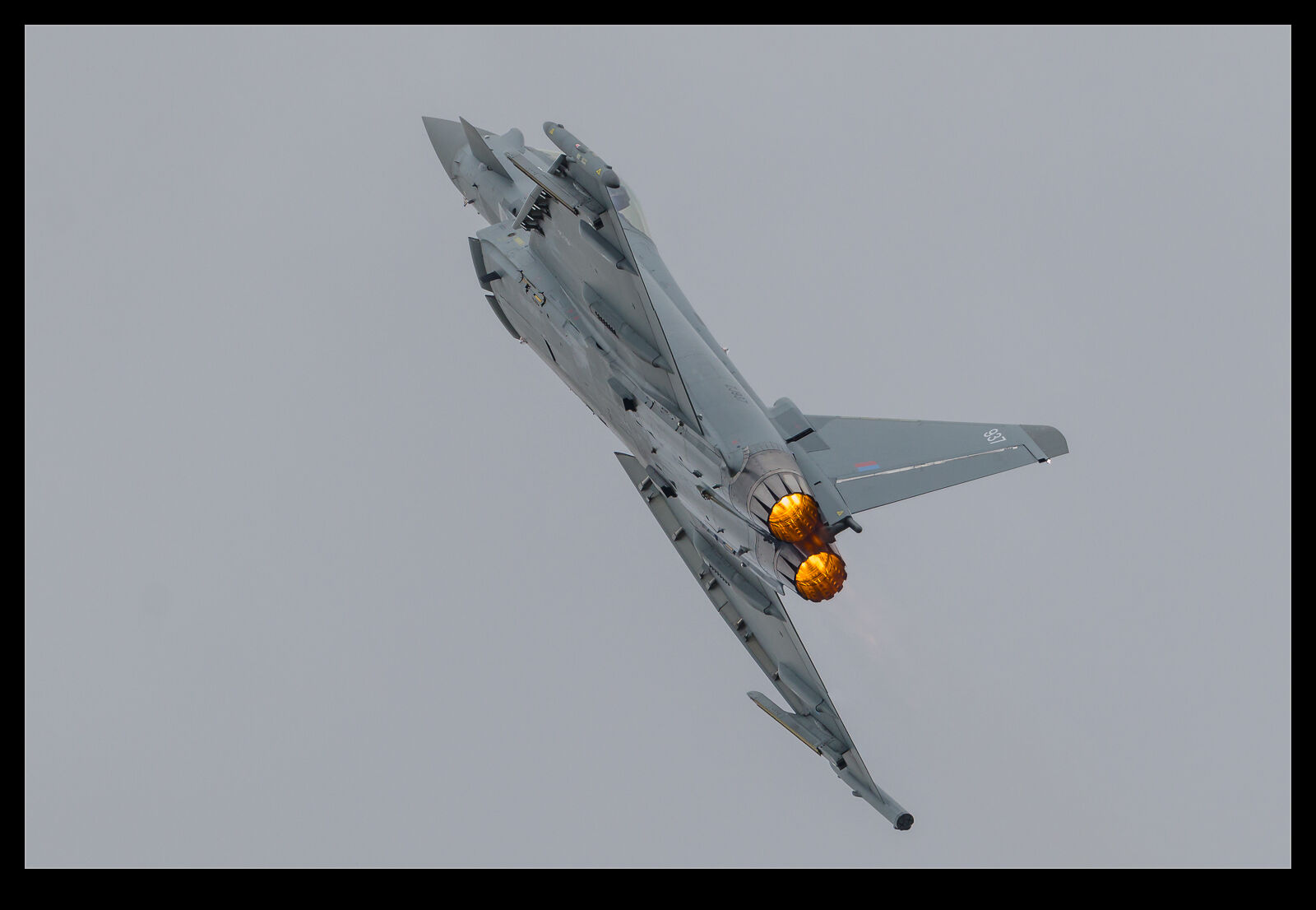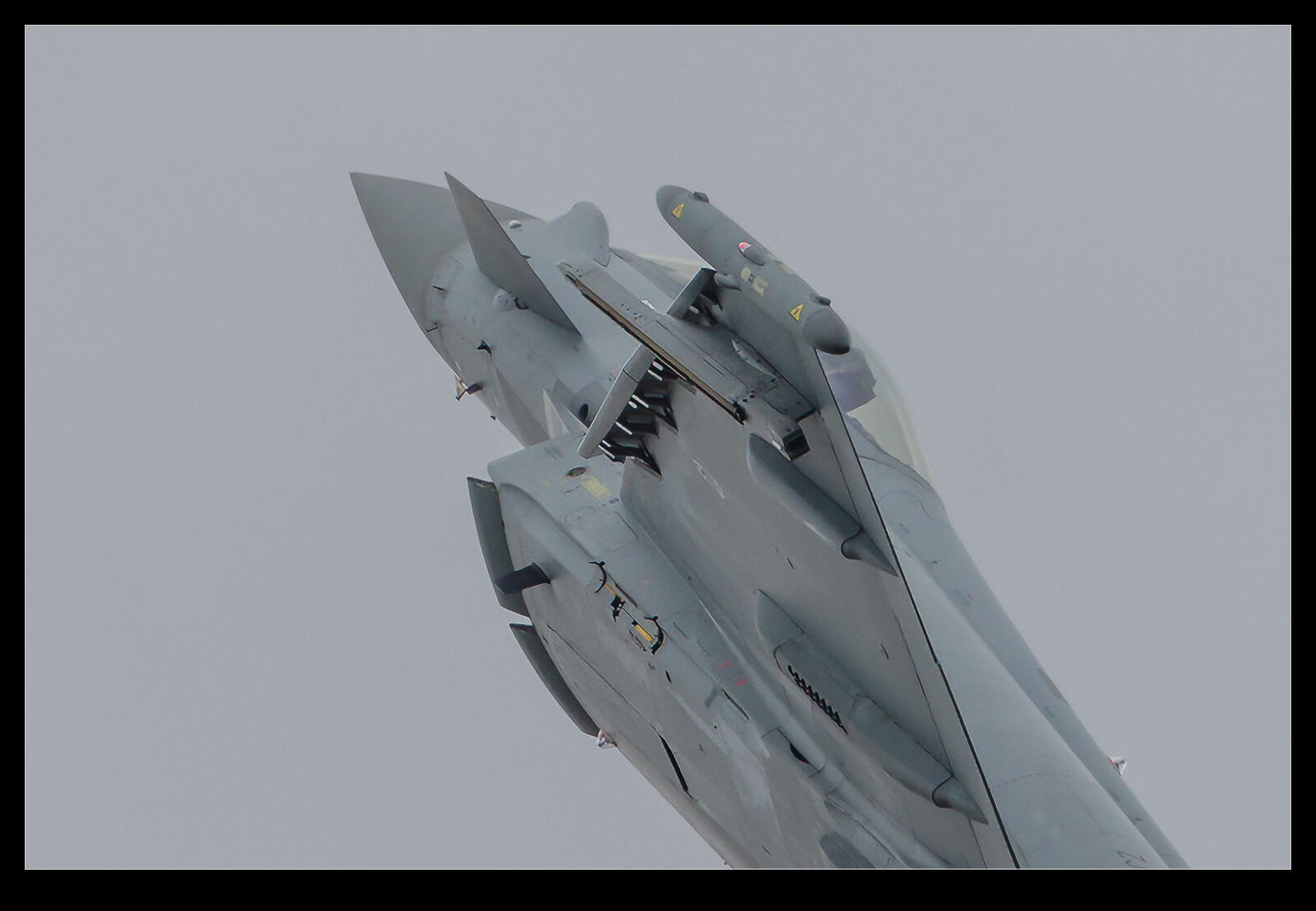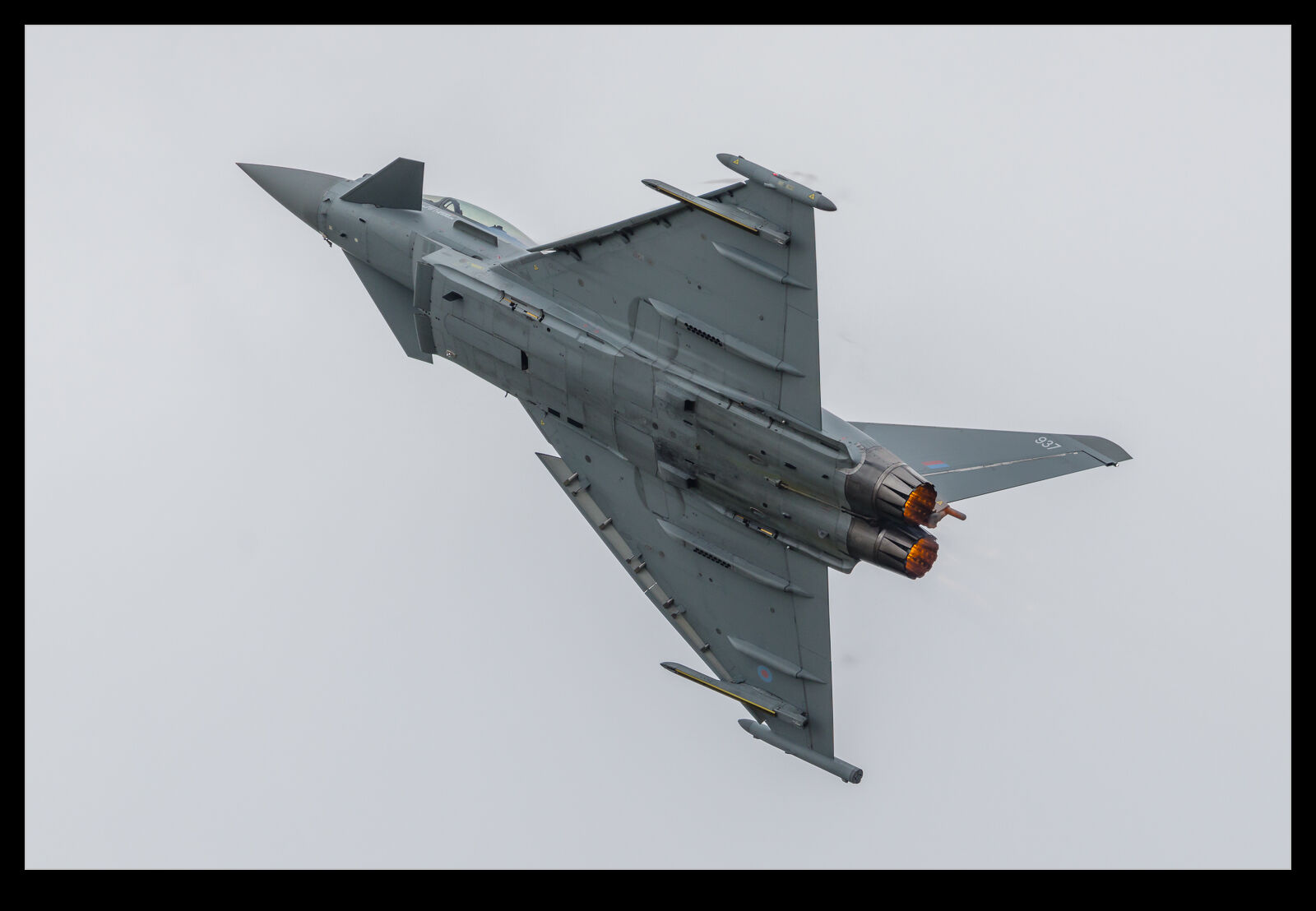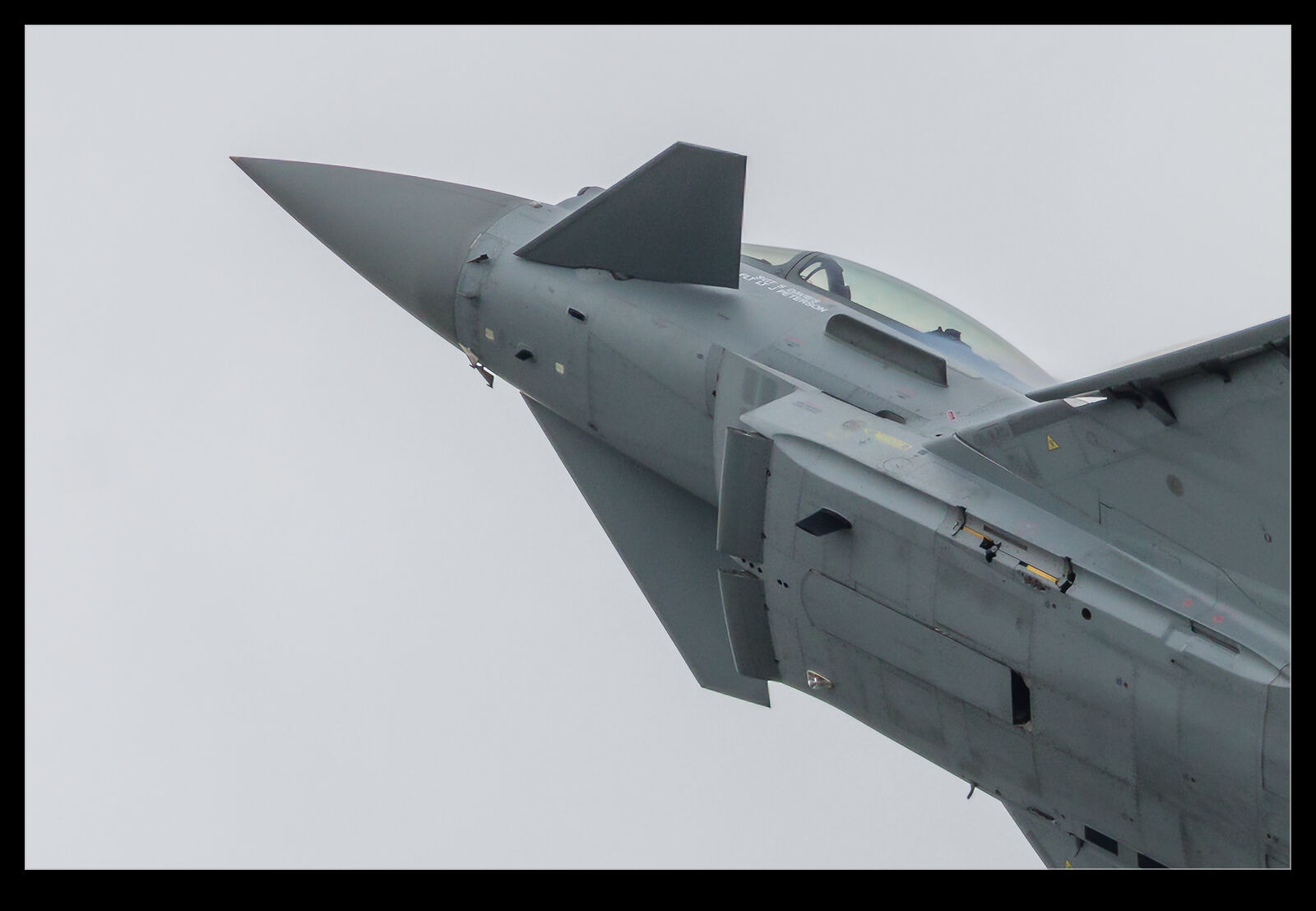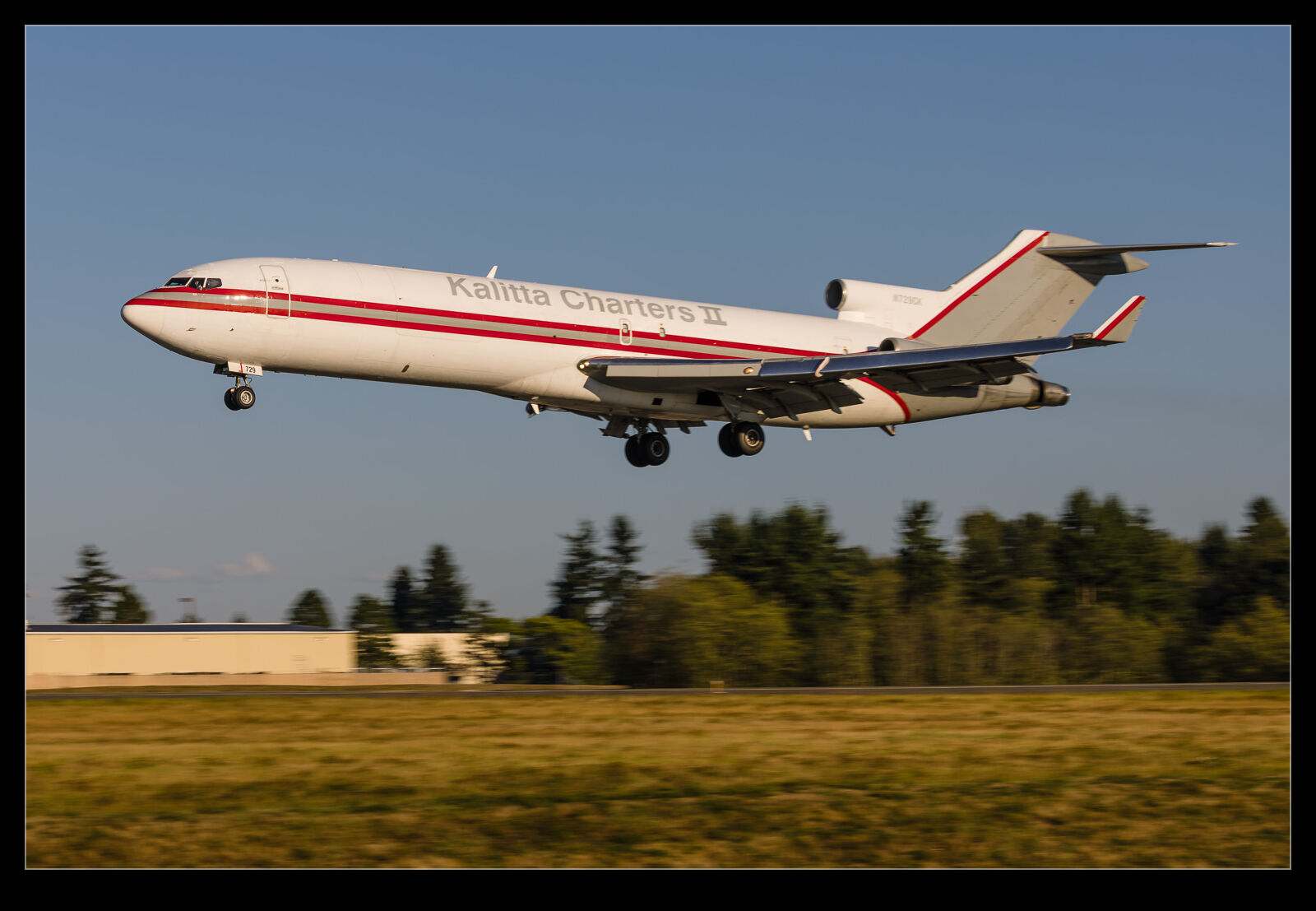 I had been talking with some friends at Boeing Field about the Kalitta 727s that we had seen recently and we got on to the subject of winglets on the 727 and that the jets we had seen didn’t have them. Little would I know that I would address this a short while later. Kalitta Charters II was bringing another 727 in to Paine Field on a weekend evening and it was a different airframe to the ones I had photographed to that point.
I had been talking with some friends at Boeing Field about the Kalitta 727s that we had seen recently and we got on to the subject of winglets on the 727 and that the jets we had seen didn’t have them. Little would I know that I would address this a short while later. Kalitta Charters II was bringing another 727 in to Paine Field on a weekend evening and it was a different airframe to the ones I had photographed to that point.
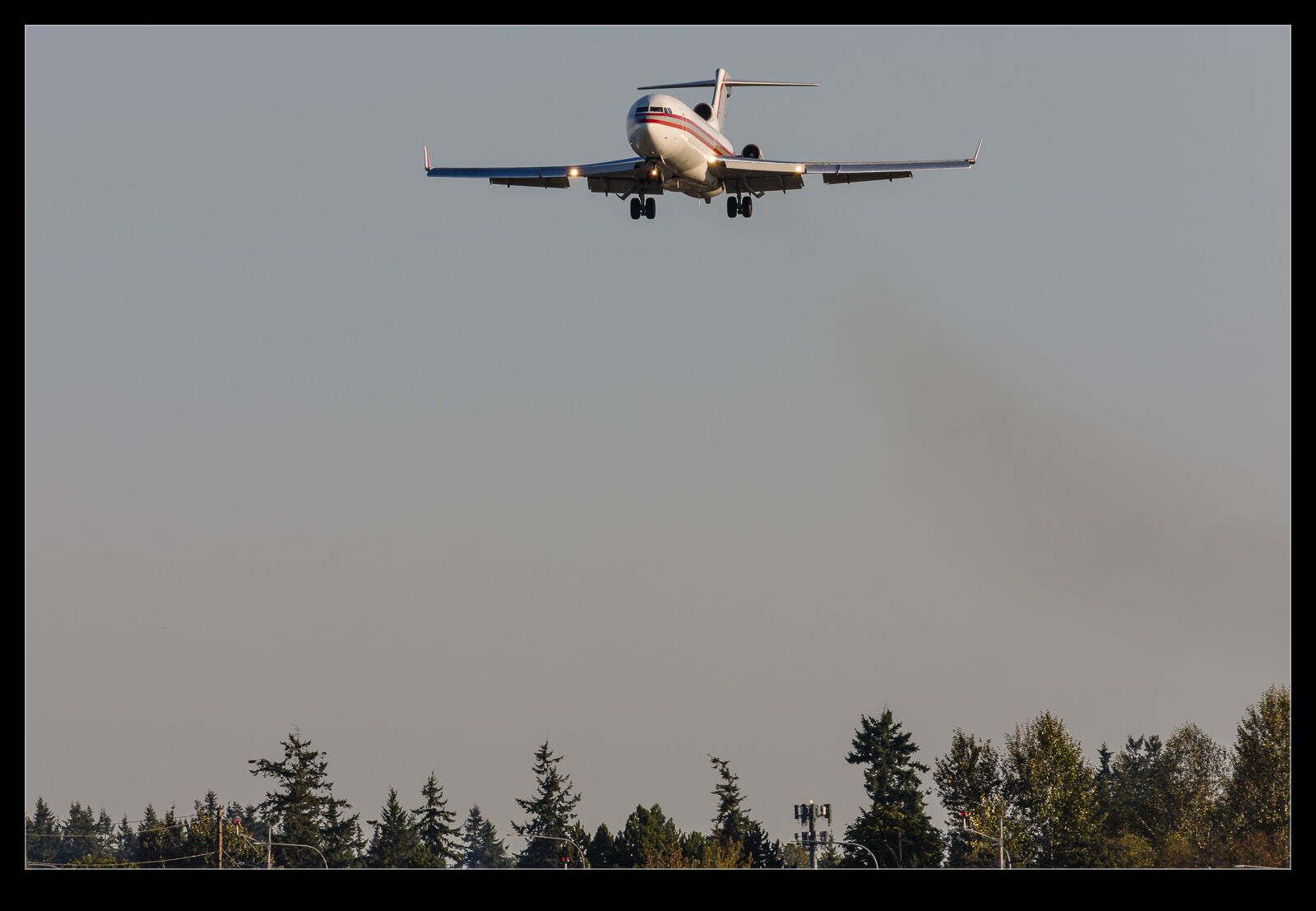 It was also fitted with winglets! I am not sure how good the winglet design is on the 727. It looks like a pretty basic design and doesn’t seem to be very well integrated in the way that later winglet designs are. However, it must provide some benefit because they have sold a fair few of them. I clearly made the trip up to Everett to catch its arrival and I wasn’t alone. One more 727 in a time when they are not very abundant and a different configuration to boot.
It was also fitted with winglets! I am not sure how good the winglet design is on the 727. It looks like a pretty basic design and doesn’t seem to be very well integrated in the way that later winglet designs are. However, it must provide some benefit because they have sold a fair few of them. I clearly made the trip up to Everett to catch its arrival and I wasn’t alone. One more 727 in a time when they are not very abundant and a different configuration to boot.
